|
Here we are looking at a single full day detailing session on this Range Rover Evoque, a 2012 model with just over 50,000 miles on the clock. It's worth considering the age and mileage here as part of the background story. I had already carried out a couple of Service Cleans, my most basic package, on this vehicle, this year and I strongly recommended that the customer opted for some kind of Detailing service at some point. The paintwork was very flat, as it hadn't been polished in anyway for sometime. Of course, my Service Cleans provided some kind of protection in the form of the polymer based finishing sprays I like to use, but these are still just mere cleans. Over the years I have dealt with customers that want to opt for a 'wash only' regimen, understandably looking to keep cost down, but the case study on this vehicle supports my arguement that there comes a time where every car needs deep cleaning and specialist polishing. It's natural. This car had endured long cleaning intervals, and visited the local car wash when it did get cleaned, before the customer first came to me. The phosphorus and sulfuric based cleaning products that these places use are excellent at cutting through road grime very quickly, but in the long run can damage chrome and plastic trim, and leave the paintwork gasping for hydration as its natural oils are stripped away leaving it porous. One issue that this particular car had was that the brake pads had been run incredibly low at one point, the resulting corrosive metallic dust that emitted was quite literally cooked onto the wheel due to the high temperatures that exist around the brakes when in use. Not cleaning it away quick enough did not help the situation. A plan of action was discussed with the customer on my first visit. The plan was to remove this wheel so that it could be given a deep acid clean to remove all of the deposits not only on the face of the wheel but the inside areas too. Unfortunately, my jack did not raise the car high enough to clear the wheel from the ground, due to the height of the suspension. Try as I might, jacking from the sill and the rear differential, I had to make compromise. The customer was rather lenient with this, as long as the face cleaned up well he was happy. Personally, I would have liked to get the inside looking good too, so this may have to be tackled another day. Oh well, at least the car benefitted from checking the tightness of all the wheel bolts. Acid based products are not very nice to have to use, and I only bring them out as a last resort. Not only is it a risk to myself should it come into contact with myself, despite my PPE, but also there is a risk that prolonged exposure to the painted surface may cause discolouration. The product was worked and agitated and a second clean was carried out with fallout remover. This proved to be far more time consuming than I anticipated, even just to clean the face, so perhaps it was a blessing in disguise that I couldn't take the wheel off, as cleaning the barrel would have taken even longer. When quoting for a job, or selling a set package, I am essentially estimating an amount of time, multiplied by my hourly rate. If the job takes an extra 15, 20 minutes that's fine. Yet once I start approaching 1 hour, 2 hour plus above this, not only am I working unpaid for that extra time, but I am not being compensated for the product consumption used during that time. 11am came and gone and I was starting to worry. I am a stickler for timing on these kinds of jobs, I like to have the prep work done and be onto machine polishing at the 12pm mark, but at this point I had barely put a wash mitt to the bodywork. A good snow foam down, three bucket wash method, fallout removal treatment, tar spots removed with panel wipe and a clay bar treatment saw me giving the car a dry down at around half past 12, ready to start taking paint depth readings. Paint depth readings came back good, in fact this car lies in the 5% of all cars that I work on that had no respray work done to it, at the time of writing. A hint for those that do not know, paint depth readings are essential. If the paint is too thin, you have a pronounced risk of striking through the lacquer when machine polishing, and if panels stand out as being too thick, you could be dealing with underlying filler and repairs of unknown quality. My first test section involved the Flex PE14-2 150 model rotary polisher with a soft finishing pad and fine grade polish. This brought about a shine, but did not cut defects such as immediately noticeable swirls and marks as much as I'd have liked. Working with a rotary means increasing the cut of your pads or compounds correlates with an increased risk of inflicting holograms, a scouring radial defect also known as buffer trails. As this was a single stage polish job, a second refining stage was not viable, so the Flex VRG 3401 came off the subs bench and with a slightly stronger compound and a medium cutting pad, the marks were demolished a lot easier. The Vertool 12e polisher was used on more intricate areas due to it's advantageous 75mm polishing pad fitment lending well to this type of task. After a certain amount of sets and repetitions, the polishing pad will become clogged with spent polish and dead paint residue, resulting in decreased performance and even more dust being flicked around everywhere. The Universal Pad Washer gets my pads cleaned off and ready to get back in action very well with minimal downtime. The polishing stage was completed, with Krystal Klean Detail SiCoat applied. This is a Silane infused wax blend for durable protection and increased shine. The weather was very changeable this day, with strong sunshine one moment and rain the next. The plastic trims were treated with AUtosmart Smart Trim, the wheels given a liberal coat of Opti-seal, and the paintwork and glass given a further treatment with the polymer spray that I use on all services, to further layer over the top of SiCoat.
It's impossible to take a car that hasn't been pampered for years, and make it perfect. But I do try.
4 Comments
Van Renovations. If you've been following the blog up to now, you'll notice I am always talking about finding new ways to work more efficiently. After all, what is the point in having a top quality inventory if you are wasting precious minutes on every job setting up and packing away, or trying to find that one little tool that you knew was somewhere in the van? In the background of this picture of the Bentley Continental I carried out a Gloss Boost on last month, a glimpse of what I was operating from can be witnessed. When a professional books their diary to full capacity and beyond, finding downtime to organise everything can prove difficult, and if your set up is pretty lousy in the first place, it can soon spiral out of control. I decided enough was enough. This is supposed to be Detailed By Andrew, not Detailed By Albert Steptoe. Having spoken online to my friend Mat over at Valet South East I gained ideas and inspiration from how he had his similarly sized van set up. The Peugeot Partner has moderate space but it isn't exactly a Transit Connect so making the best use of cargo room was the plan. The first step was identifying what was taking up the most unnecessary space, and this was the 250 litre lay flat water tank. Everything else was having to be stacked on top of this, making access difficult and organisation scant. A trip down to Smiths of the Dean saw me purchase a new upright 150 litre tank, and three 30 litre drums which will serve as my new buckets as they have super duper seals on them. This, again, lends to less setting up on the job as the buckets can be filled at home and transported with little fear of them spilling. On top of being able to double up as corner weights for my gazebo, they also have doubled sided handles meaning both of my arms will be used to lift and carry them. I anticipate to look like Popeye in no time at all! What with these changes, I am still only 10 litres of water down against my old set up, with much less space taken. Here is the old 250 litre tank compared to the new one. The next step was to get everything out the van, and give it a good vacuum and dust down so that the floor was clean enough to have carpet stuck down to it. I will emphasise that everything about this van renovation had to be done on a budget, mostly using things already available in my possession, and done by myself. Hiring a professional van fitter or overspending would cut down on available money to spend on more important things such as tools and consumables, after all. Over a year ago I was kindly donated a sheet of grey carpet by a customer, which up until this point has just been thrown down underneath everything. This was given a good brushing down before being cut in half to fit, and glued down to the entire floor. I needed to wait for the glue to dry fully before giving the carpet a good shampooing. The metal slat was refitted at the back of the van for a flush finish; if my handy work could be described as so. The more eagled-eyed reader may notice the rusty bolts; these will be replaced at some point and everything will be polished up. Pre-existing creases in the fabric made it nearly impossible to fit perfectly flat; these were indeed stretched so not a case of poor workmanship, even though I am not the best DIY'er. Being as most of the floor plan will be covered with equipment I didn't really mind. As long as it looks presentable to onlookers that is all that counts. One thing that always bugged me since I first bought the van, is that one of the rear plastic cards had been smashed through. My little van used to belong to Europcar as a hire vehicle, so I expected the odd mark here and there caused by those without integrity. I used offcuts of fabric to patch it up together again. It's not perfect, but it has personal pride attached. Getting the new tank to sit by the bulkhead in a secure fashion with minimal movement saw me measure a slat of wood to size and position the two pieces infront and behind the tank, using a drill to make pilot holes and screwing down in alternating positions to give a little extra strength. The top of the tank will be secured to the bulk head with a ratchet strap. These wooden slats will at some point need painting or covering so that the wood doesn't rot with the inevitable exposure to rain. However, the end of the day was drawing in and the weather was getting worse, so it was time to start packing away and make do until the next available downtime to continue. Using a total of nine plastic boxes to store all of my products and microfibre cloths was proving to be time consuming and arduous pulling all of it out the van setting up at the customer's location, and packing away at the end. Three of these were filled with 5 litre sized containers of concentrated products, with even more of these behemoths floating around in the van. Did I really need to be carrying fifteen to twenty of these sized bottles? The plan was to find a layout that enabled me to decant these products into 1 litre bottles, and then store all of my spray bottles somewhere easy to access and maintain in the van, where they could be diluted into and filled up at ease. After consideration and research I opted for a nearside shelving unit from Demar Van. Being pre-designed and flat-packed for user assembly saved me on blueprinting one from scratch, and because I am not by any means a 'chippy' this prevented any of my attempts to make my own being dead on arrival. Everything now has a proper home, instead of falling around the place in the old ways. An old piece of wood was used as a support block to secure to the plywood wall of the van, and a couple of angle brackets were sourced to further afix onto the floor. Nothing is ever finished, and there is always more to do. In the future I may fit a false floor across the back to make for extra room if I need it. I've also been advised about a "keep warm" heater for the winter time, a device used by lorry drivers to stop their cabins getting too cold overnight. Internal insulation wouldn't go amiss either. Always planning ahead, I am now preparing to find ways to stop my fingers freezing to the bone in a mere couple of months' time... New Gadget My latest little toy is a digital microscope to use with my laptop. You may wonder why I would need one, but it is going to be an invaluable tool going forward in terms of defect identification and customer management. As word goes around about what I do, I am always being asked about scratches. "Can you come round and have a look at this key scratch?". Indeed, I have in the past spent time making house visits just to look at scratches in cars' paint caused by a key. Where a key scratch is involved, I always know that it will be too deep to rectify with wet-sanding and polishing before I even get there, but it would be rude to say no to these requests. I don't mind calling out to help local people, but the problem for me starts when some react very insensitively to my verdict. "Here he is, the barer of bad news!" and "oh look, the car valeter that cor even get rid of a scratch!" are just a couple of tongue in cheek taunts I have received on the following encounter with the people whom I given my time to, free of charge. Below I have made a rough diagram of a cut-through vision of a typical modern paint system that exists on a car, this basically consists of:
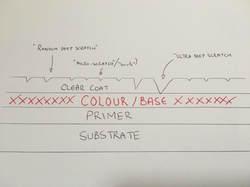 Scratches that do not breach past the clear coat into the base coat can generally be removed or improved by compounding, or wet-sanding if appropriate. Of course, this should be carried out in a manner that respects paint depth levels. Is it really worth taking the clear coat down to it's last few microns of thickness to address a scratch that is barely noticeable? Perfectly defect free finishes, if they exist in the real world, reflect light into the retinas of our eyes unhindered. We can see swirl marks because the surface is no longer microscopically smooth; the surface area in the micro-scratches deflect the light in all sorts of directions which our eyes pick up on, and the image sent to our brain then alerts the prefrontal cortex to scream "holy crap, better call a detailer!". Trouble starts when the object that has scratched the paint has gone right through the lacquer into the layers beneath. Abrasive work might round the edges off, but the fact remains that the scratch is just too deep to remove. The only decent fix is a respray in this case, or application of touch-up paint if you can live with a suboptimal result. I'm hoping that this device will help me to make even further informed decisions in regards to how to tackle small marks and scratches, and also prove to people that when I say it's too deep I am acting on an educated basis and not apathy. Here's the picture of scratch number eleventy billion, it's too deep to remove, look I got proof! The below pictures were taken from cars that reside in my street, with the permission of their owners. The first picture is of scratches around the door handles generally caused by fingernails and rings. Take note of the micro-scratches that surround. These following two pictures are of another car, where an isolated vertical scratch is pictured in normal view, and then magnified. You can compare the degree of this scratch against the metallic flake in the base coat. This could generally be improved to a satisfactory degree with wet-sanding and machine compounding. The digital microscope can take pictures and videos at 1000x magnification. I thought I'd have a little play around with some items in the house, can you guess what they are?
Waxstock. It sounds a lot like Woodstock, or if your music taste is amoungst the alternative kind, Bloodstock. But we aren't talking about music here, we are talking about the largest car care event in Europe, and dare I say it, perhaps the world over. As somebody that arguably has *that* eye for paintwork, plying my trade starting in 2011 professioanally, it may be of utter surprise to some that I have never attended Waxstock before. The main reason being that when I was unit based I never mingled with fellow professionals out of shyness and keeping my head down and getting on with my work; perhaps to my detriment moreso than my benefit in hindsight. Although at the time, I had seen enough of other professionals' behaviour in slagging each other off that I felt justified in my evasion. This of course all changed when I joined the Professional Valeters and Detailers Association, where the help and community has been A1, and my confidence to communicate with fellow professionals has grown. This year's Waxstock was heavily talked about on social media amoungst fellow PVD members and other friends, and upon posting a status on my personal Facebook account to see who was going to be there, I was surprised to see Jason Rose comment to let me know of his attendance, and jokingly offer me a ride on his flight over from Korea. For any laymen that aren't that into detailing, Jason Rose previously worked for Meguiars, and is currently the head of Global Training for Rupes, one of the leading producers of polishing machines and consumable abrasives (sanding discs, machine pads and polishing compounds). Jason works the year round leading seminars and training sessions around the world; you only have to search his name up on Youtube to see for yourself, the videos I have learned so much from over the years. I needed a companion to join me at such an event, and who else could I ask other than my best friend of nearly 15 years. Nathan Lloyd professes in English Language and Literature, and is currently plying his trade on his teaching accumen. Last year, I joined with other PVD members to take care of some of the most expensive cars money could have ever bought. I asked Nathan to join me, and he was enthralled with the classics that featured in so many films that he likes, notably the Aston Martin DB5 as seen in James Bond. On asking him to accompany me to Waxstock, it was only natural he would join me for a lad style weekend out on the back of how he enjoyed the Alexandra Palace Classic Car Show. Before the show, we enjoyed a damn funny game of Cards Against Humanity. If there is anyone that could give such an eloquent insight to this year's Waxstock, it's going to be Nathan, so I leave you in his company for now... "As someone who is not in the business, the idea of a detailing event sounded dry. I could only imagine the exclusive crowds gathering together discussing specialised things above the psychotic mind of someone who teaches adverbs and adjectives; however, I was pleasantly surprised. Waxtock was an open and diverse convention. I can believe that it is a detailer's dream; products littered the shelves and pros shared tips with each other generously. There was a palpable sense of community there. Eye-candy was also abundant; cars and rep girls were pleasingly curvy and it was obvious they didn't need valeting. One of the highlights of the day was the lecture performed by the guru of detailing: Jason Rose. Coming from the exotic climes of America to the dreary, dismal Coventry was commendable in itself, but when Andy told me of his achievements, he was a celebrity. The anecdote delievered by Rose was certainly interesting and inspiring; the moral of his story was persistence and courage, words that, I feel, could be transposed to any profession, demonstrating his vast knowledge of not only valeting, but life itself. One of the highlights of the day for me was taking the picture of Andrew with Rose. He was too shy and coy insisting that he'll 'do it later'. I was having none of this and persuaded to see him there and then. It was an honour taking the picture and humorous to see Andy shaking in his star struck state!" I had the pleasure of meeting Jason Rose, who signed my Yellow Rupes machine pad. They say not to meet your heroes, I disagree! It's funny how I can walk past David Beckham in the Birmingham Bullring, but put me infront of a world renowned detailer, it's a different story! I was in half a mind to charge my customer's extra to use this signed pad on their car, what with it having the Midas touch and all, but I will instead frame it - to look at as a reminder of a great time when I am having a bad day. Bert of the Professional Valeters and Detailers Assocation, and Alan Medcraf of AM Details gave a speech going to all the nooks and crannies of setting up and running a valeting and detailing business. This was of particular interest to me, as there are so many things that the public are unaware of that are required as part of running a business. Please go and support AM Details, and especially PVD - Bert and Kelly are working tirelessly to support us professionals, as well as the publishing of the Pro Detailer Magazine (go and buy it!), and doing extra special arrangements such as this very show. This time last year I was sat in a pub scrolling through my phone, I saw a hashtag for PVD, and the rest was history. They told me exactly how I needed to address my business that was failing to turn a profit despite being very busy, and introduced me to a whole world of new information and individuals. I got snapped! It seems my van is noticeable everywhere! Case Study #3. The third case study of this month being a car I have worked on is this Mini Cooper S JCW. The customer had only just purchased it, and needed an Enhancement, which includes a full decontamination before having a single stage machine polish the whole way around to correct defects as much as possible in the confines of one full working day. The customer opted for Feynlab Universal Ceramic Coating, which adds durable protection to the paintwork. The coating is designed for company cars that go long periods with high motorway mileage with poor wash regimen. So if it is good enough for those cars, it is good enough for a well kept car. Checking the paintwork over with my paint depth guage confirmed the customer's comments that the car had some scratch repair, this was taken onboard as I tackled the car with my polishing machines. Being able to use any kind of polishing machine professionally is tantamount to avoiding the cause of damage to your customer's paintwork just as much as improving it. The customer had Paintless Dent Removal undertaken before my visit, and the holograms left from the technician's machine operation proved very difficult to remove. It is generally advised that coatings are applied in conditions of over 11 degrees centigrade and humidity below 70%, on the date of the booking we had 24 degrees centigrade and 50% humidity. After coating, we had one very good looking car. I was at the customer's location for one whole long day, so don't let the pictures fool you or let you get carried away in a misconcieved idea of how much there was to be done; there was a lot to do and the time flown by.
Re-Intro. Building on from last weeks instalment, I am writing the second part of the July Detailing Digest to include a product review, another case study and some anecdotal thoughts of a man who spends too much time thinking. I intend to structure the blog as a monthly review, split into several parts written throughout the month. So let's get on with the product review. This week saw me do a much needed stock refresh from various suppliers. Here's my order from Liquid Elements UK, there is something to be said about new full bottles of products. A nice little carry case features to help move around the car with my paint depth guage, scangrip lights and other polishing paraphernalia. Product Review. I am forever researching the latest and greatest products in car care in order to continually increase the quality of my workmanship. If you are not moving forwards you might as well make a conscious effort to go backwards. There is an old tale that Enzo Ferrari told the press that it was the driver who was to thank for their Formula 1 success, but behind closed doors stated that it was the car that takes the credit. My personal opinion where detailing is concerned is that it is both the professional and the inventory that lend to a job well done; a good set of products are useless in the hands of someone who does not know what they are doing, and even the world's best detailer would need decent apparatus to do his or her thing at their very best. You may be expecting my first review to be about a polishing compound or a wax, or even a coating. But no actually, this review is indeed for Krystal Kleen Detail's new product Kleenthru. What does it Kleen thru, you ask? It fills the gap in the market for a maintenance product that prevents snow foam lances from becoming clogged up with detergent build up and limescale. I must admit that I am fairly harsh with my foam lances, I run bodywork protective shampoo's and rinse aid products through them as well as simple snow foams, which have evidently coated the internals of my lance. To make things worse, I run stronger concentrations of snow foam to get round this as a shortcut to dismantling them and giving a thorough clean, a negative spiral so to speak. The resulting ailment is that I no longer cover cars in excitement, and a white dribble limps out the end of my pipe instead. This hasn't mattered too much, as I was using the Gilmour Foamaster hose attachment as a back up. Following instructions I filled an inch or so in the bottle with Kleenthru, and ran it through the lance until empty. This didn't really achieve much, but consulting with the instructions lead me to leave a 10:1 mixture with water in a bucket and leave the lance to dwell overnight. On carrying this out, I still found the lance to be no better. This perhaps, was not the blue pill for my neglected lance afterall. However, I have a second, not-so neglected lance that I tried this on and it managed to bring it back to life. It takes patience, but it does work. See image below. The lesson to be learned here is that prevention is better than cure, just like defects in paint, and that this product should be used as intended to flush through once a week or so to prevent the lance becoming totally fubar'd. Would I buy this product again? Yes. I still have some left, and for my new lance, I shall certainly use this to ensure that it does not fall into disrepair like the two good servants of the cause that preceded it. Case Study #2. July's second case study isn't actually about a car, I shall do that for part three. Instead, I thought I would post the results of a survey I published online asking people seven questions about the valeting and detailing industry. The survey was shared by other professionals around the UK to ensure a good spread of data from around the country. A quick debreif. Q1. Most people who answered had already had a service, perhaps owing to a more informed answer for the following question. Q2 and Q3. The majority were prepared to pay around £30 for a service that is percieved to take 1 hour. Q4. A full day of paintwork detailing happily commands over £200 from most of the participants. How much they may be prepared to pay may depend on their location in the country and if this is a mobile or premises business. Suprisingly, people from Glasgow were happier to pay more than Londoners, which contradicts common preconception. Also, those who were happier to pay more liked a mobile service just as much as a premises one. Q5. The strong majority for higher prices is lost slightly where messy cars are concerned. Strangely enough, these types of jobs are more difficult and less pleasant to take on. Q6. Without giving away too much, the correct answer here is in the minority. Q7. People like both; a result as close as Brexit. Ramblings.
Aside from being out there and doing the job, one has to consider the possibility of any given situation presenting itself. Working on a mobile basis out in the public domain, the occurence of being approached by passersby is relatively high. Their approach is usually one of intrigue into what you are doing, followed by an eerily predictable "excuse me mate, what do you charge?". Whilst meaning well, I can't help but imagine some kind of Terminator scenario where they await in multitude somewhere in another dimension waiting to spawn near an unsuspecting vehicle detailer. I don't mean to sound brash, as there are some potential customers out there. My reason for approaching this subject of how to answer said question is one of thinking outside the box, for three reasons. Firstly, the likelyhood is that the inquistor has only just seen you, so they won't be aware of how long you have been working on your customer's car, or have much understanding of what process you have gone through. They may just be walking past to notice you giving the paintwork a final wipe down for presentation with a finishing spray product thinking that is all you have done, not fully aware of the hours of decon and machine polishing you have worked to arrive at the shiny car they are looking at. This creates a rift in the inquistor's expectation of what they think you might "charge" compared to what you, ahem, "charge". PS I hate that word. Giving a headline figure of the price for the job you are working on often results in unpleasant surprise and impolite remarks which then escalates into bad feeling for both sides. Any chance of them wanting to book their car in are now diminished as they struggle to comprehend how a such a simple "wash and polish" could cost three figures. The key to this one is to get the inquisitor to understand the process and benefits of what exactly you have done to the car, and give them chance to shy away if they can conclude that it may be a bit more specialist than they might feel comfortable with. Secondly, the inquisitor may not even be interested in having their car done, but simply are your customer's nosey neighbor who wants to pry on what amount of money your customer is spending. This is none of the inquisitor's business, and it is a professional's duty of care to uphold customer confidentiality in high regard. A similar scenario is being approached in the pub whilst I am enjoying myself a pint, it is purely for gossip. The third reason is perhaps the most sinister in nature. I cast my mind back to a job carried out last year, in a housing estate of inhabitants with questionable quality of good hearted demeanor, shall we say. My customer was lovely though. However, she noticed me being approached by hooded passersby asking the catchphrase "excuse me mate, how much do you charge?" and called me to one side. She said "I hope you haven't told them" to which I hadn't. Further explaination for her concern was that it was not out of character for some of the local youths to pry on tradespeople, knowing full well that they are about to be paid at the end of the day, follow them down the road into some kind of road trap and mug them. Charming. So how do you approach these propositions? I came up with a simple answer that saves face, keeps customer confidentiality in check, and hopefully stops me from getting mugged or again hearing "yow'm the expensive car washa ay ya" in the pub. I like to give a business card, stating that the website has different service packages and whatever service I have done for my customer may not be the right one for them. Asking them to look online gets people to engage, think about what kind of care their vehicle needs and possibly choose a service to suit their budget. An interesting note to finish part two on, is that my website hosting app tells me where visitors are directed from, and very little have typed out the url so far this month; so I've been approached by nosey neighbors. Intro. Rather than continue to spam social media with pictures of valeting and detailing work, I've decided to collate everything into monthly blog post instalments with an itinery of new tools and gadgets, product reviews, case studies and my thoughts on the detailing profession and how business is going. After a much needed break at the end of June on the back of working 16 days in a row with almost as many 8-9pm finishes, it was time to get back to work for all the jobs booked in throughout July. Perhaps though, I made a mistake in going back to work the day after landing, as jet lag soon crept up on me - by the following Tuesday I was feeling dizzy, sick and exhausted which caused me to reschedule the second job of the day! Something that I would otherwise never do. Lesson learned; don't overdo it, no matter how much customers don't want to wait that little bit longer for an appointment. New gadgets. In an ongoing attempt to constantly improve the quality of the services, and trim down wasted time to ensure that I work smart and consistently achieve my target hourly rate, I am always looking to add new tools to the inventory. This month, I gained the Flex PE 14-2 rotary machine polisher to add to the roster of polishing machines, as well as a water purifier system. The Flex PE 14-2 has filled the void in my toolset for a machine that is fast, efficient and has excellent cutting and finishing abilities, as well as offering minimal user fatigue with it's lightweight and ergonomical design. Don't get me wrong, the Flex VRG 3401 forced drive dual action has been a priceless servant over the years being my go-to machine for pretty much everything, and still is, but there are some jobs where you need to "mow down" heavy defects productively, and also jewel the paint with a fine finishing polish. By "jewelling", I am talking about the method used in my Gloss Boost service package, or the final step in a Show Car Correction. This is the action of using a soft finishing pad, and a fine grade polish, setting the machine to slow speed, exerting no extra pressure onto the panel besides the weight of the machine and working the section slowly. This method produces a deep, lustrous shine. The Flex VRG can just about do these things, but this new rotary does it better whilst minimising user fatigue. Gone are the days of being shaken to pieces every day with the rough action of the VRG, resulting in constant back ache and tiredness. The VRG still has it's place though. Where Enhancements are concerned in which you need a 'proper' single step machine polish where the amount of cut and gloss achieved are in equilibrium without the risk of inflicting holograms like a rotary would in this method. So it is paramount to have an inventory of polishing machines that all have their strengths for different situations, as a pro detailer will face different types of paintwork (soft or hard, sticky or otherwise) and degree of paintwork defect severity. I would go into my smaller, more fiddly machines, but I had better stop here before I start waffling on too much and produce a polishing machine inventory review long enough to challenge "War and Peace"... Despite what people may say, I'm not a detailing anorak I assure you. Anyway, moving onto the second new doohicky, it's a Spectrum Water DI unit. In other words, it connects inline to the hose pipe before the pressure washer or end attachment, to remove calcium deposits from the water. In the West Midlands we have high calcium content in the water, which leave water spots and etching if left to dry on paint and glass. The time spent air drying or buffing cars dry where calcium is present is wasteful, and also an increased risk of paintwork marring is accelerated if the little particles are forced across and into the paint when wiping. This device saves time in the way that perfectly pure water can in theory be left to dry on it's own, enabling time to be spent on other tasks on the car. The main downside, or trade-off, is that this is now another ongoing cost as the resin filter medium needs to be changed every 1000 litres or so, as well as taking up extra space in the van. Case Study #1. One of the works carried out this month was this BMW X5, I had last worked on this vehicle in October 2016. The customer booked in stating that whatever the car needed, to just do it. Of course, I never carry out extra work before breifing the customer, and always give an option in these cases incase payment issues arrise when a higher invoice is produced than expected. I have chosen this one as a case study as I have a strong suspicion that this car had not been washed since my last visit. The resulting issue was brake dust that had quite literally baked itself onto the alloys presenting as a cakey, corroded and sticky hot mess that required multiple strong product applications and aggitations, with clay barring - and that was just the wheels! The bodywork suffered similarly, so after a pre-wash using Meguiars D101 and a good jet wash down, I used the Gilmour Foamaster II foam gun to lather a panel at a time with Code Clean Decontaminate foam; a product with a bit of bite whilst lubricating the panel during wash mitt contact to reduce surface marring from contact. Such cases like this can can easily end up in swirls and scratches if washed incorrectly as the dirt grinds into the paint. After cleaning in this method, the paint and glass still felt very rough. Sounding like sandpaper when wiped. This is the result of fallout and polution becoming encrusted into the surface which can happen when a vehicle is subject to long wash intervals. Further decontamination including clay barring the paintwork, wheels and glass left a clean surface ready for polishing. Despite being "clean" the effects of the contaminants had left the finish lacking lustre, so consulting with the customer gave me the go ahead to spend a couple of hours with the new Flex rotary tool mentioned earlier jewelling the paint to restore gloss levels. Koch Chemie P2 featured, a polish with a built in wax, and Liquid Elements Paint Freezer added to the pad to boost up the P2 wax, before finishing off with Feynlab QD for added protection. The interior was addressed and a quick go over of the engine bay finished the job.
A common misconception amoungst the public is that a succinctly (and borderline offensively) worded "wash and polish" only takes a couple of hours. This visit taken nearly 11 hours, and being as before and after pictures do not quite tell the true story of the hard work, blood, sweat and tears - I often cut my hands on sharp fittings and my eyes water as I approach exhaustion - involved I thought I would point this out during your perusal of the finished article. We lead busy lives, and washing the car can often become the last thing on the agenda, as the customer has even admitted, though I really hope the car will get the odd wash now and then to prevent the necessity of such invasive procedures being carried out again sooner than they need to be. Enjoy the pictures, and stay tuned for pt.2 |
AuthorAndrew Southall, just a guy obsessed with shining up cars. Archives
March 2021
Categories |
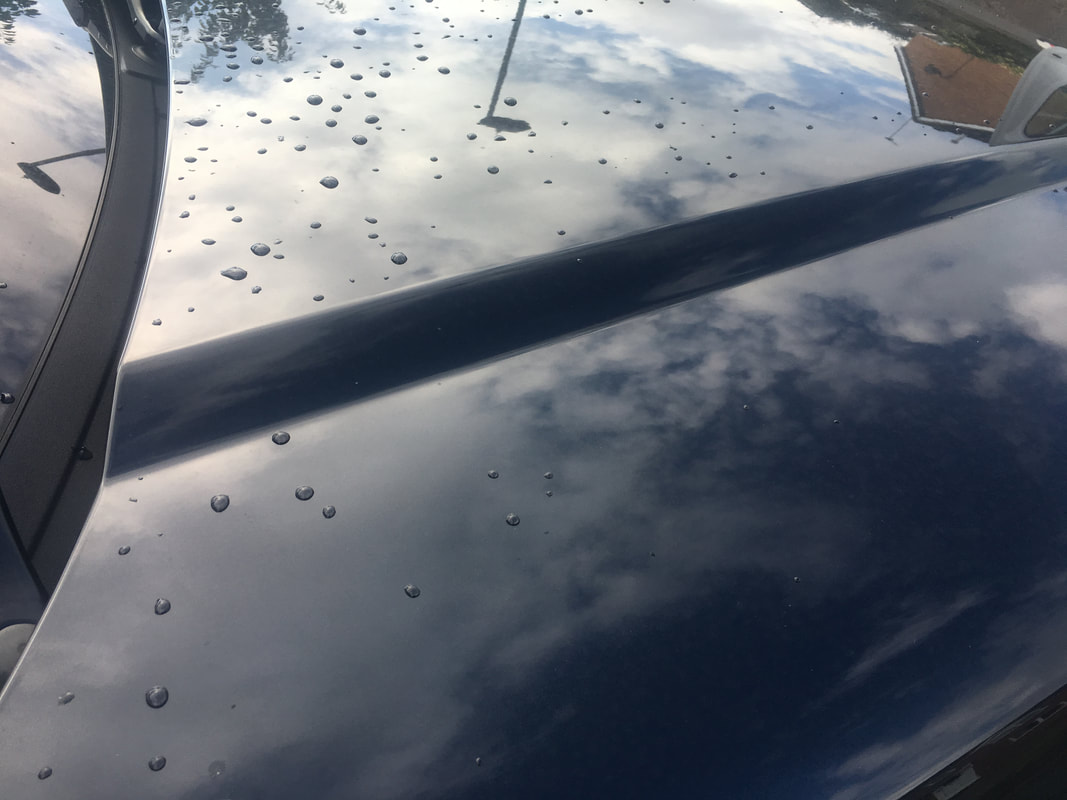
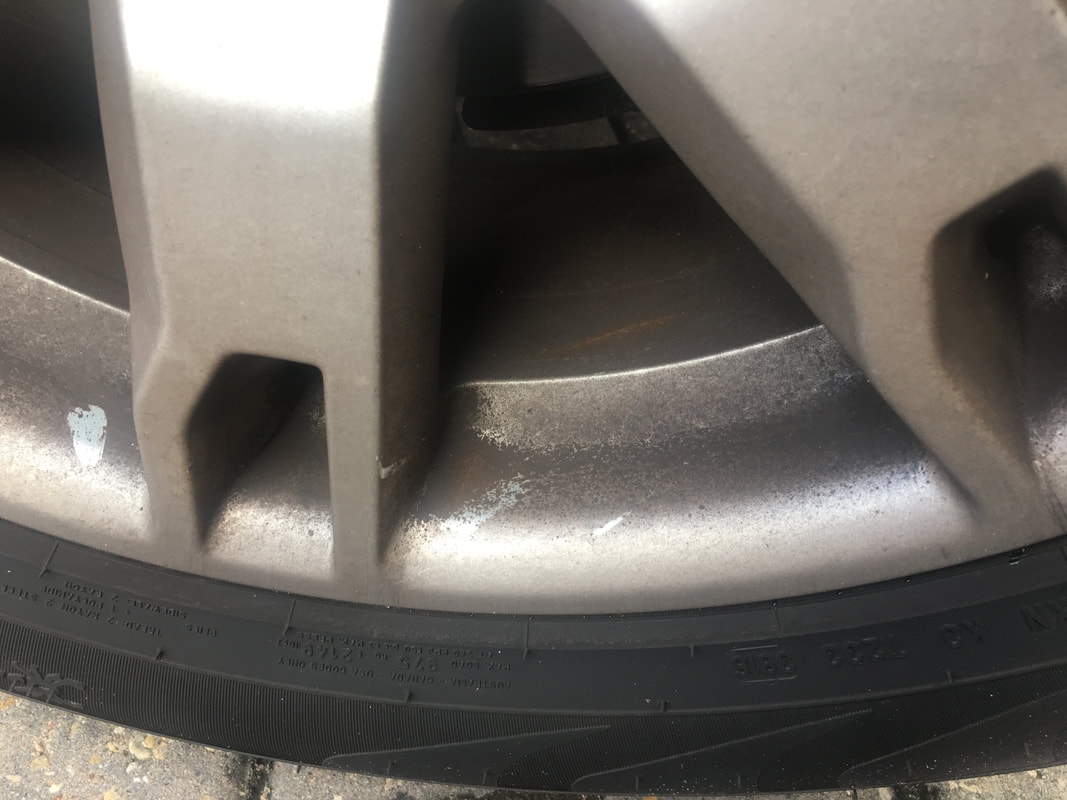
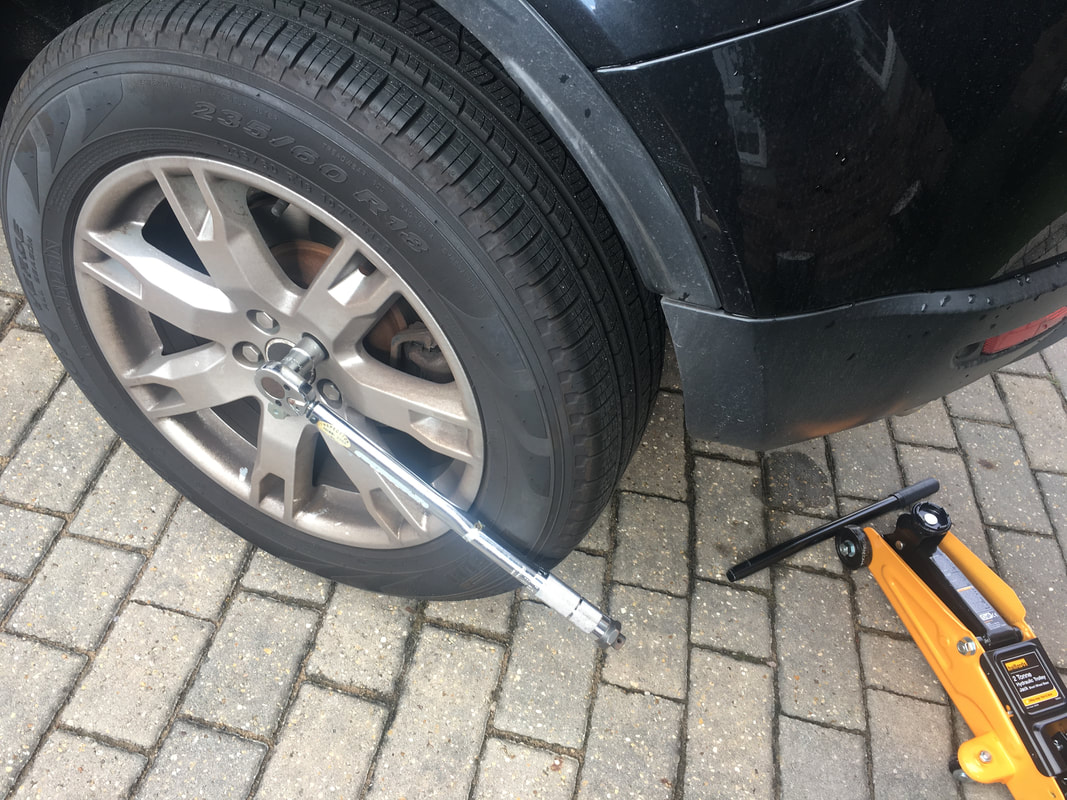
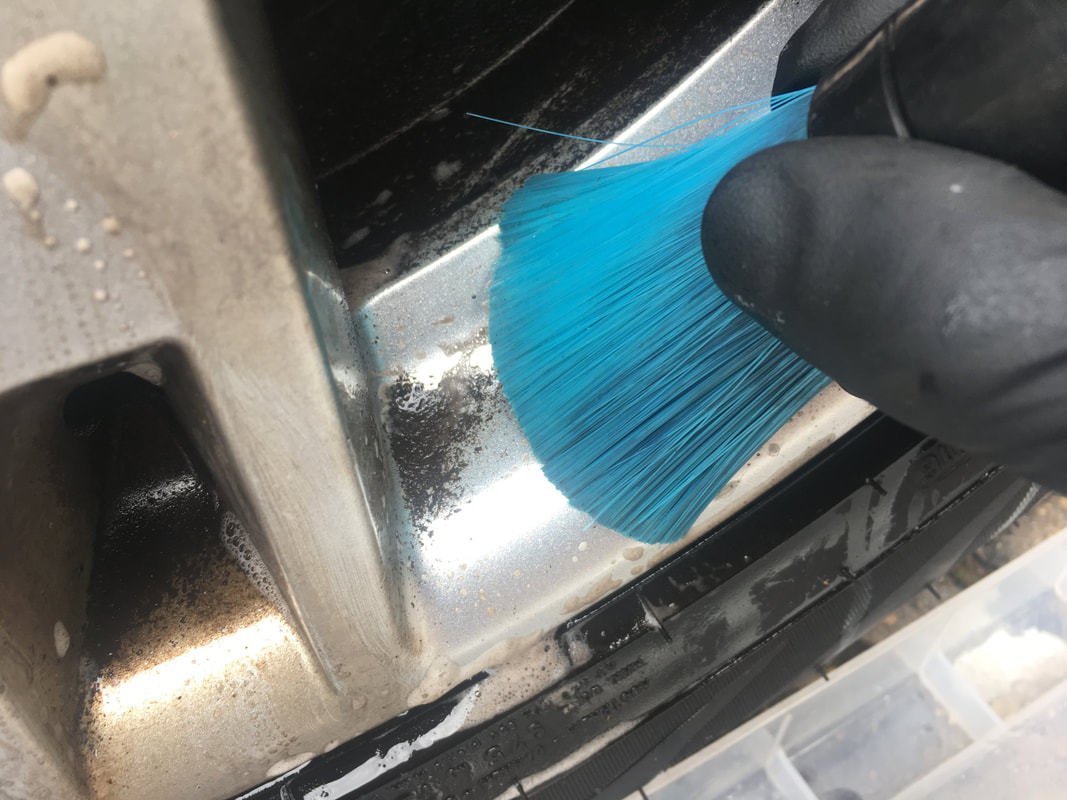
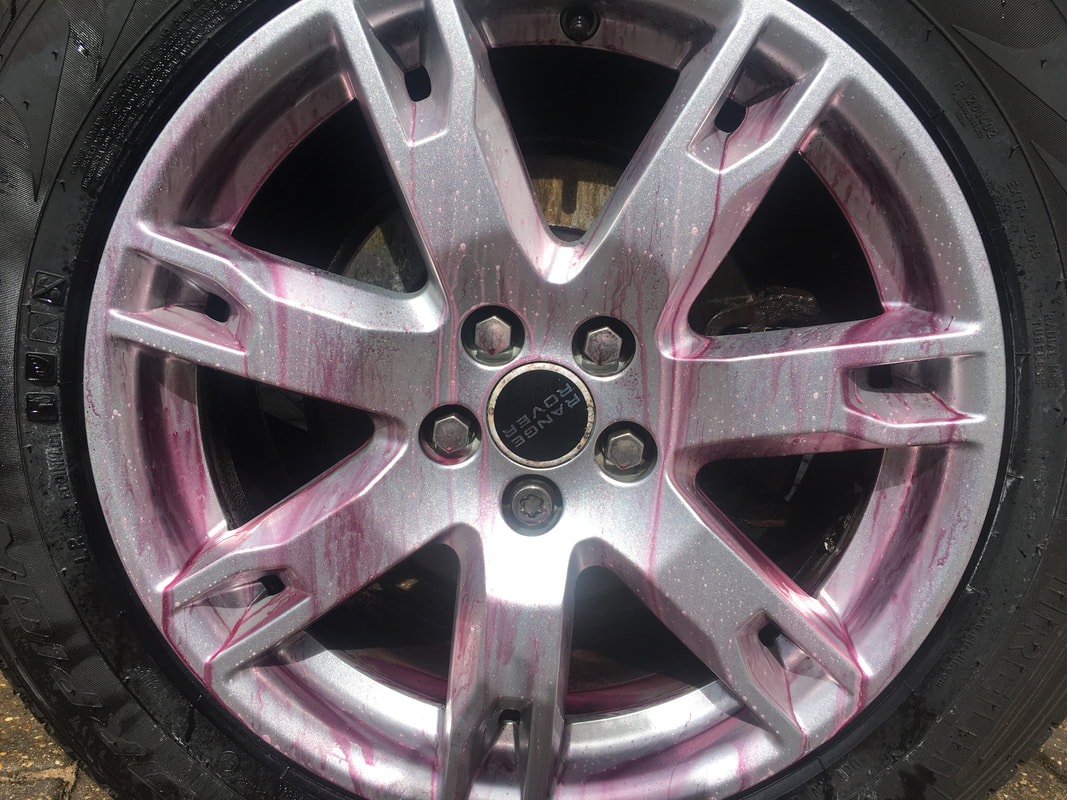
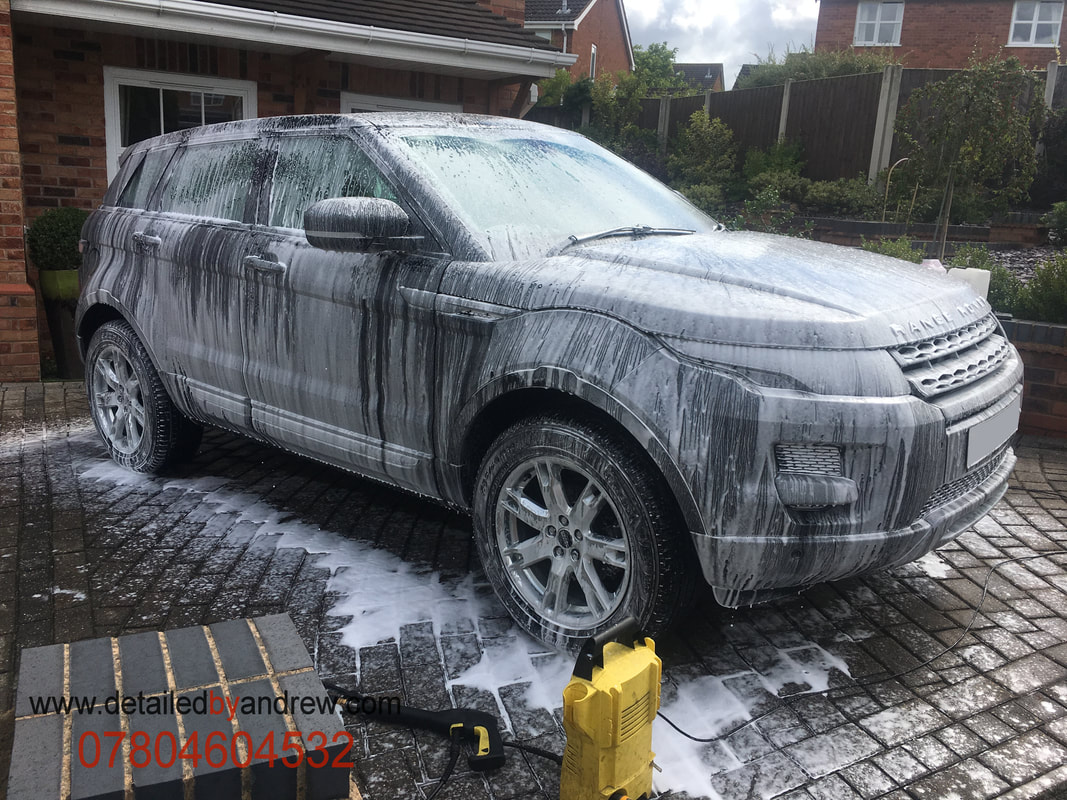
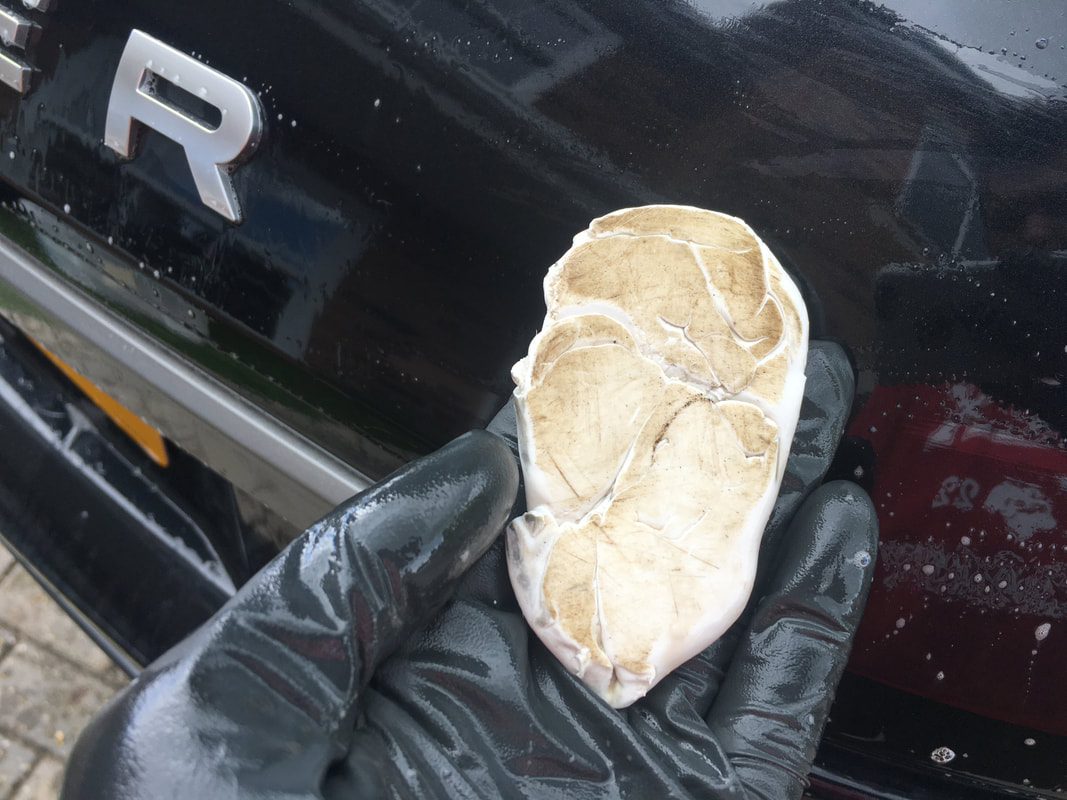
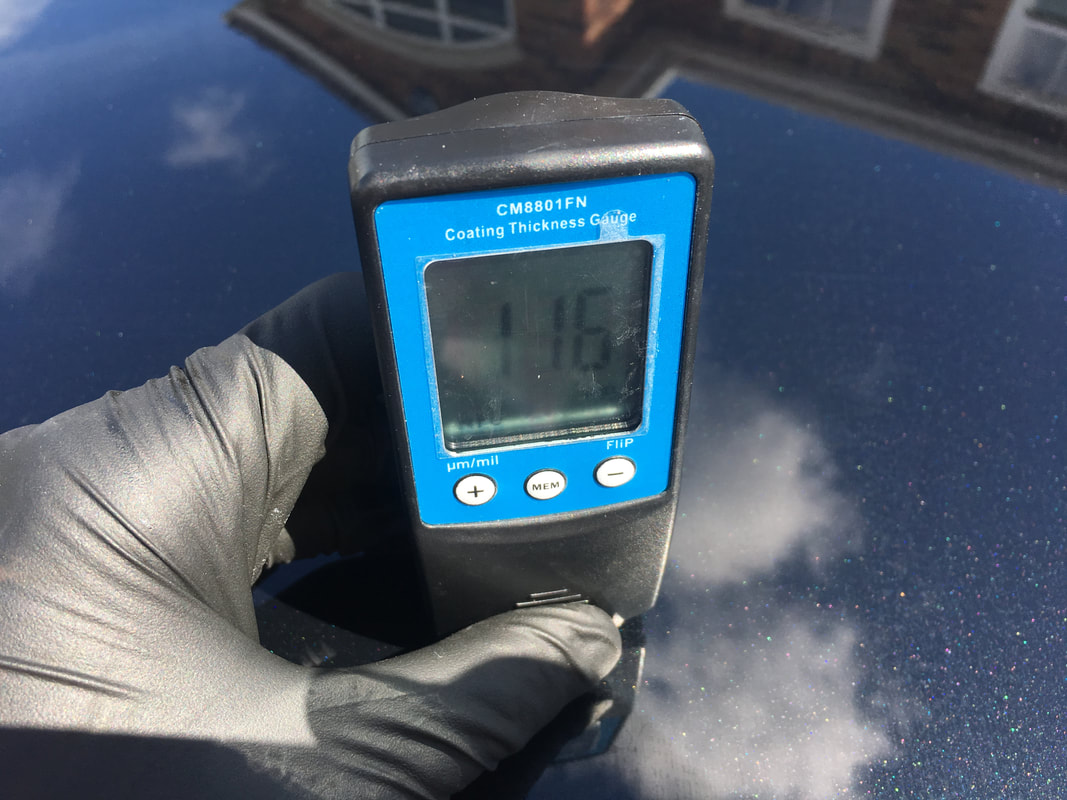
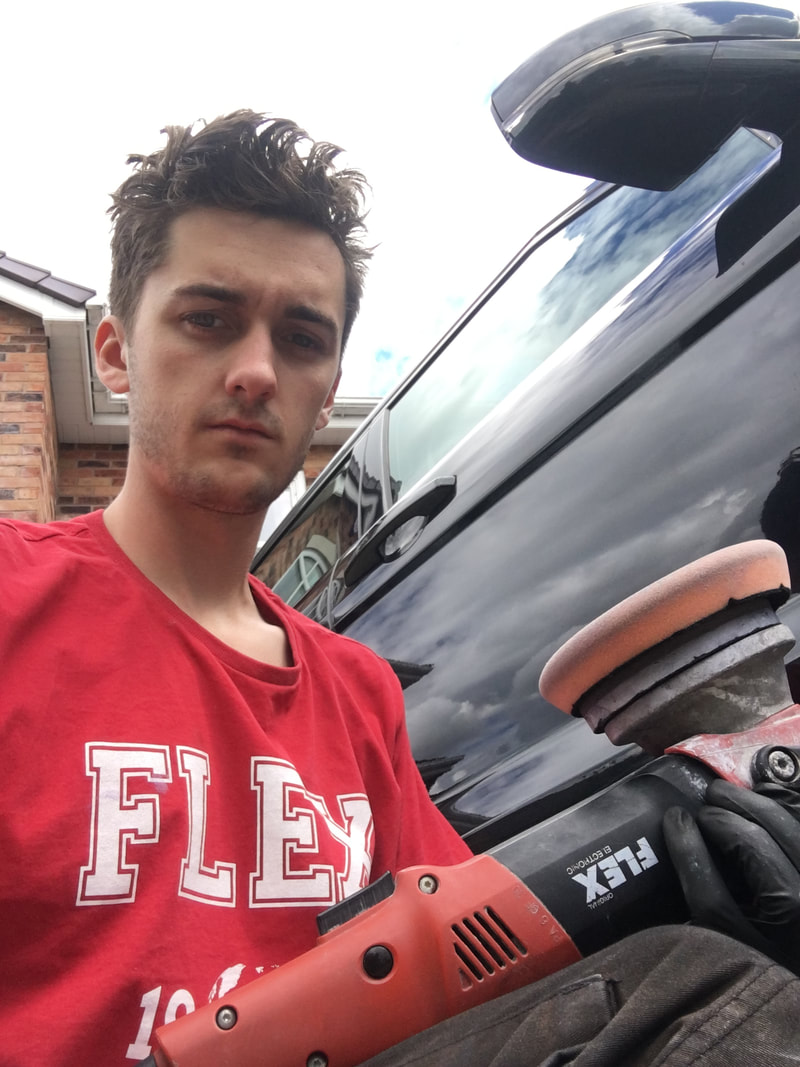
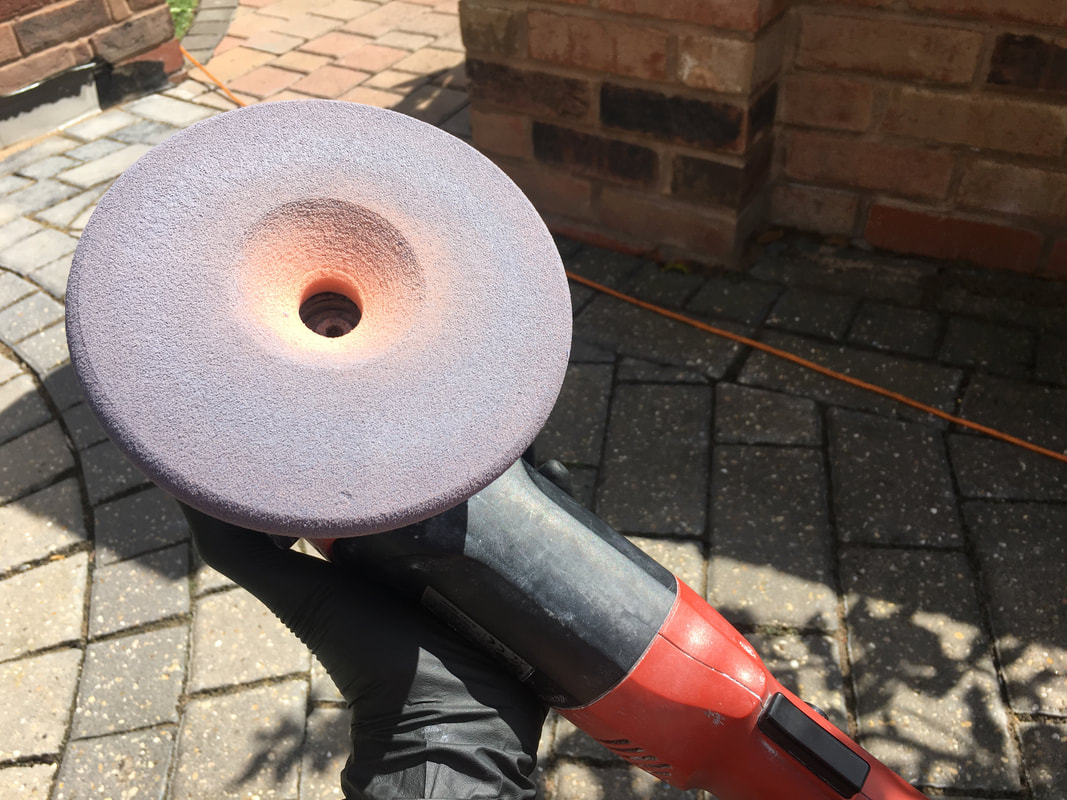
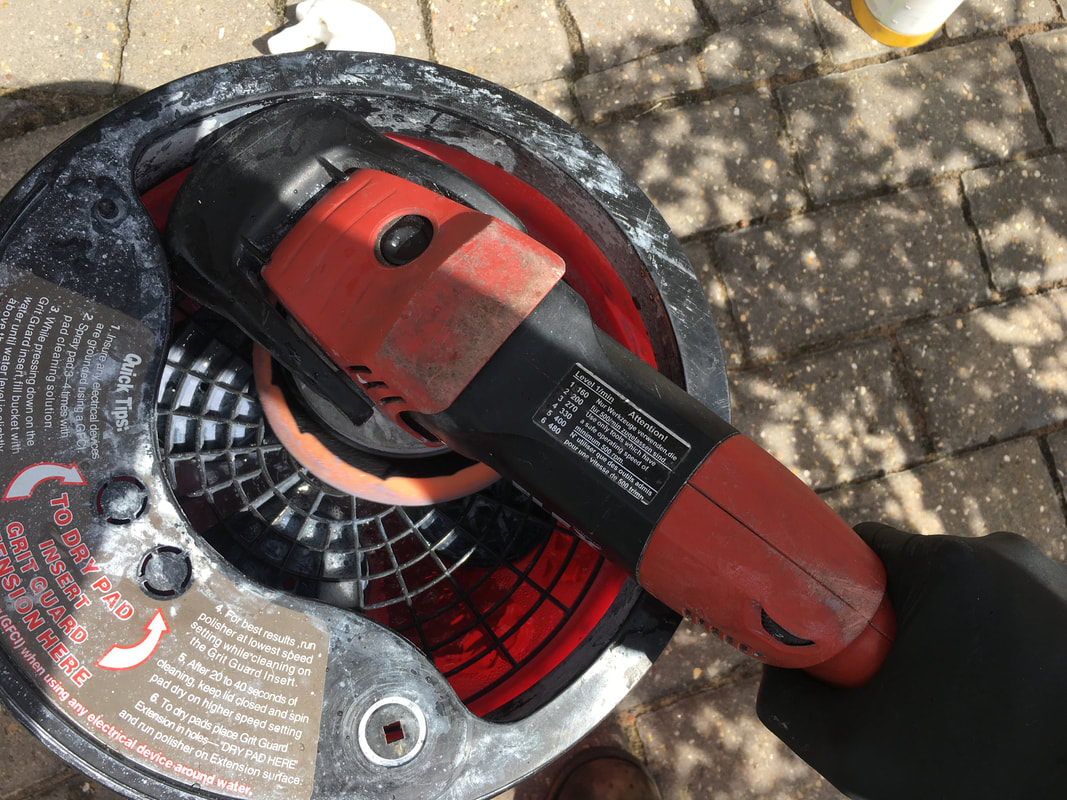
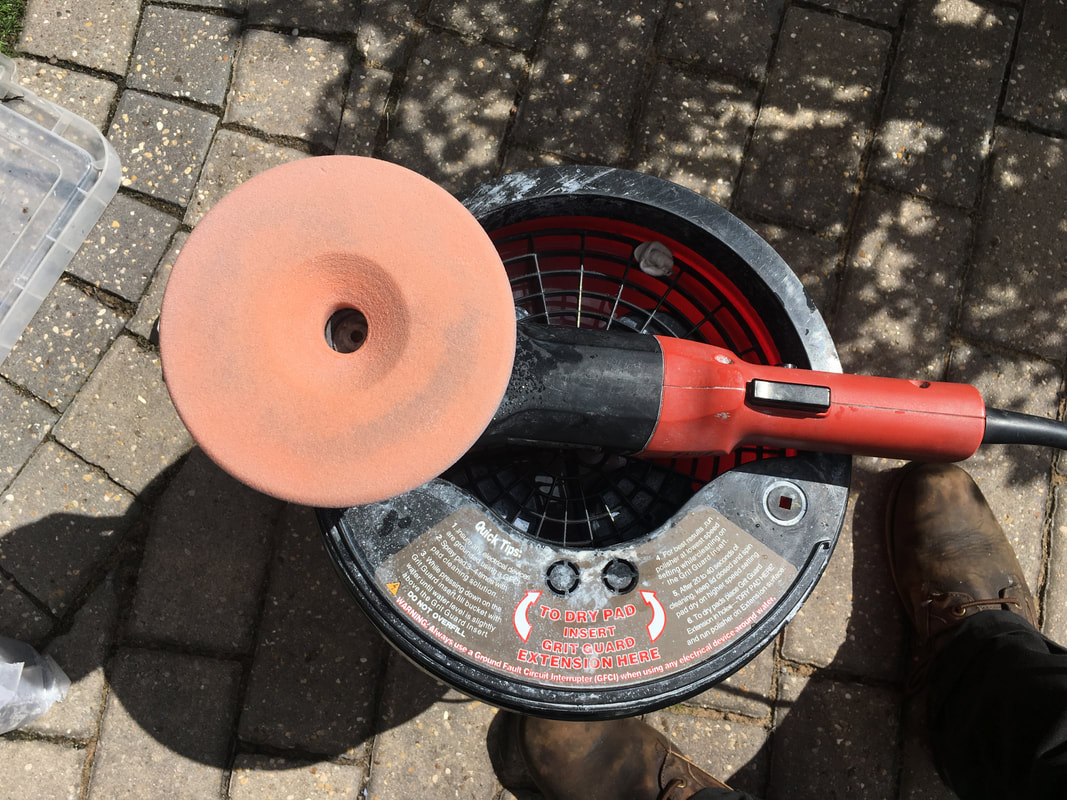
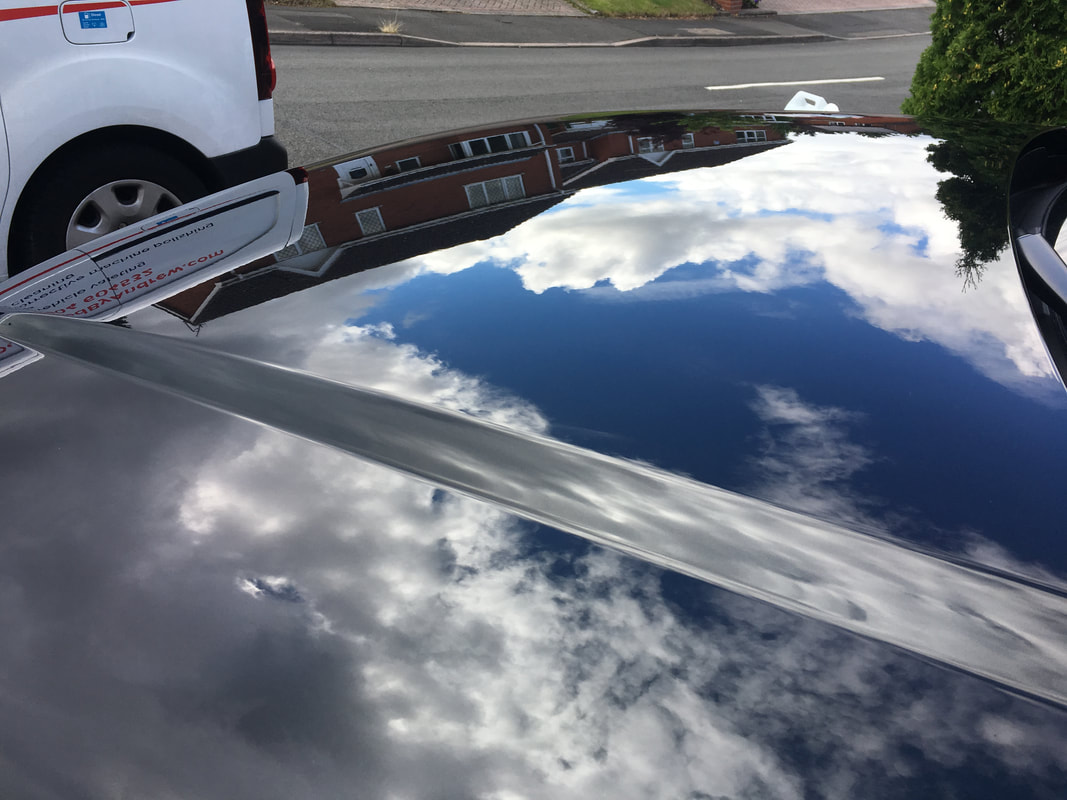
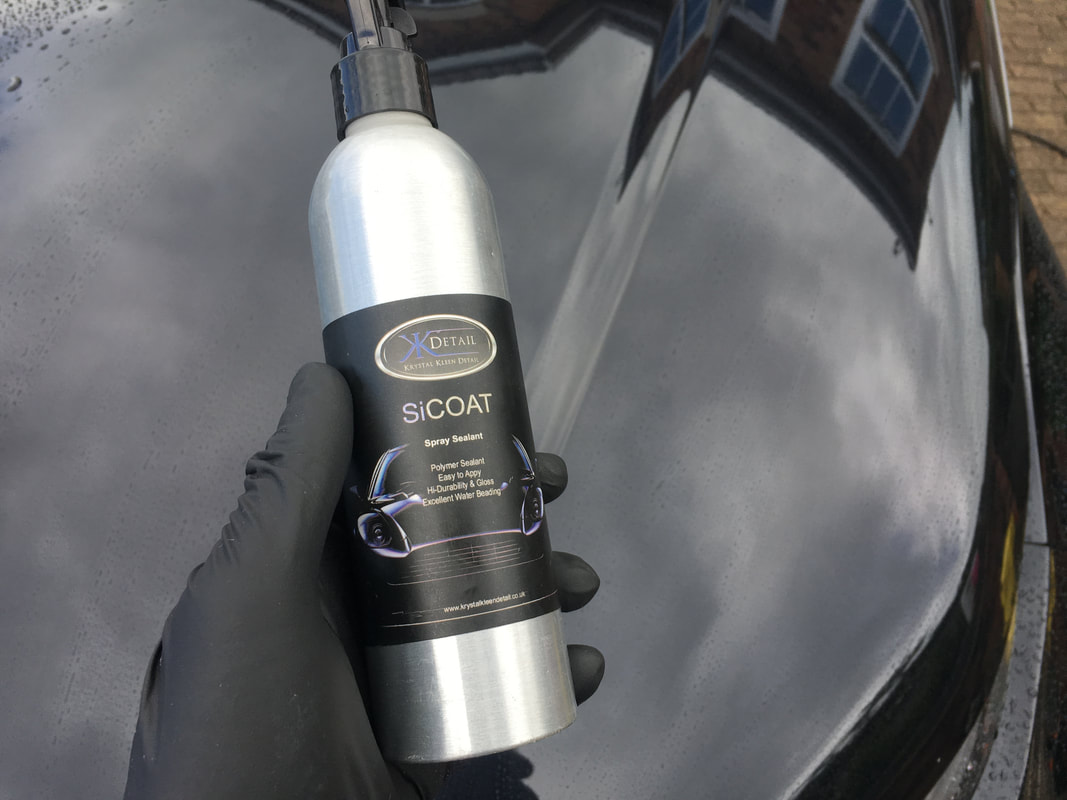


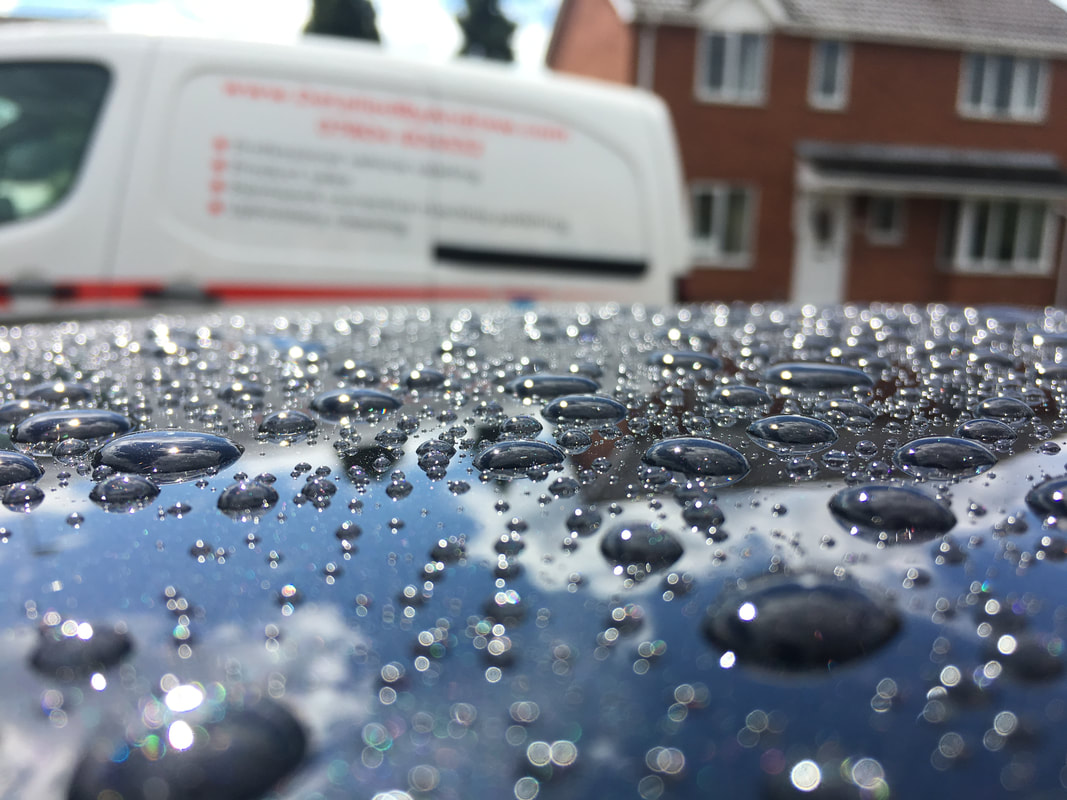
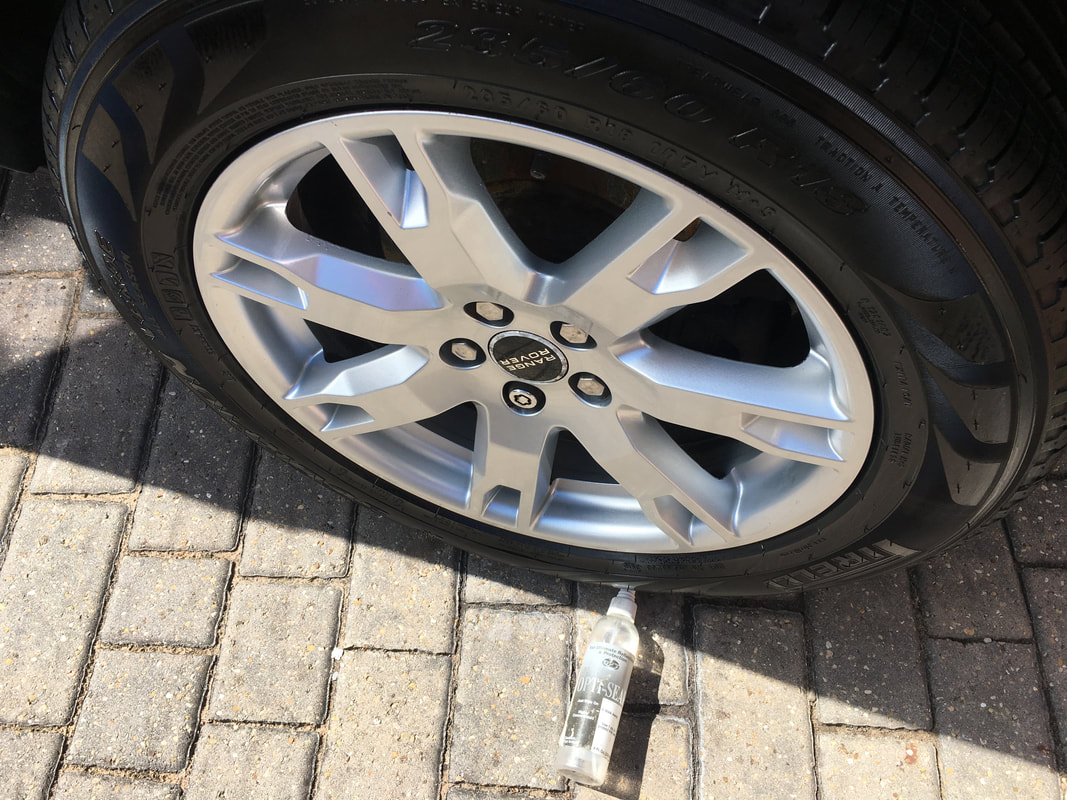
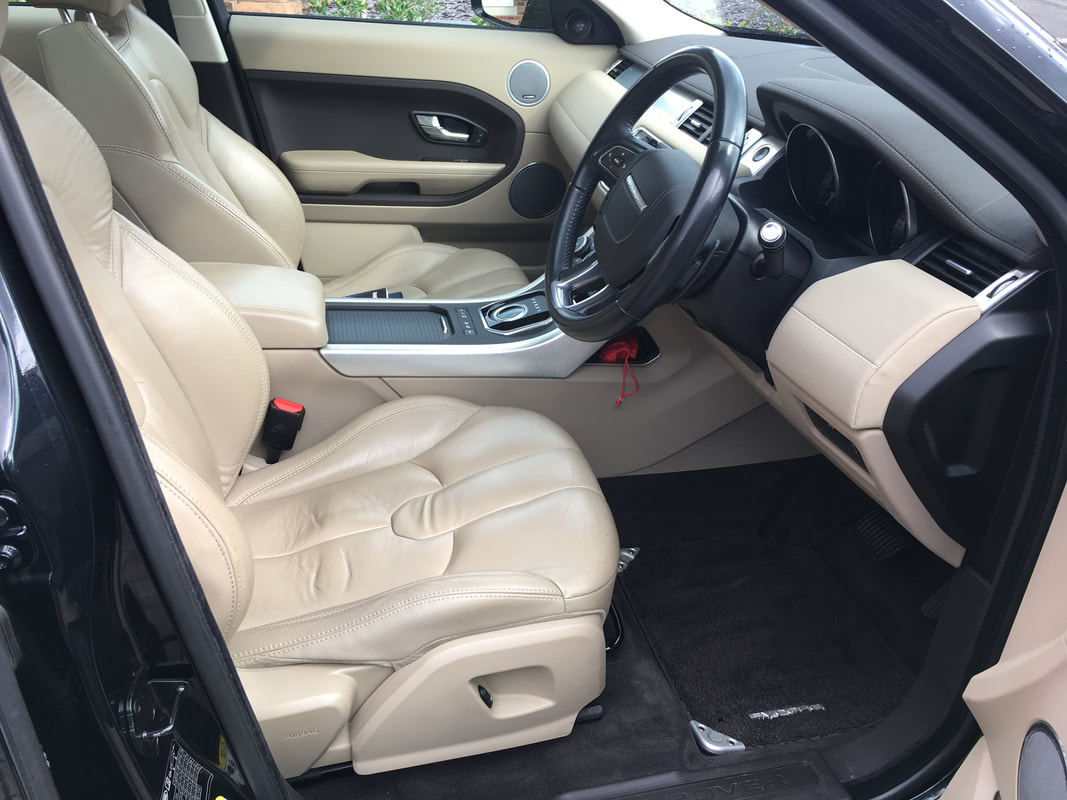
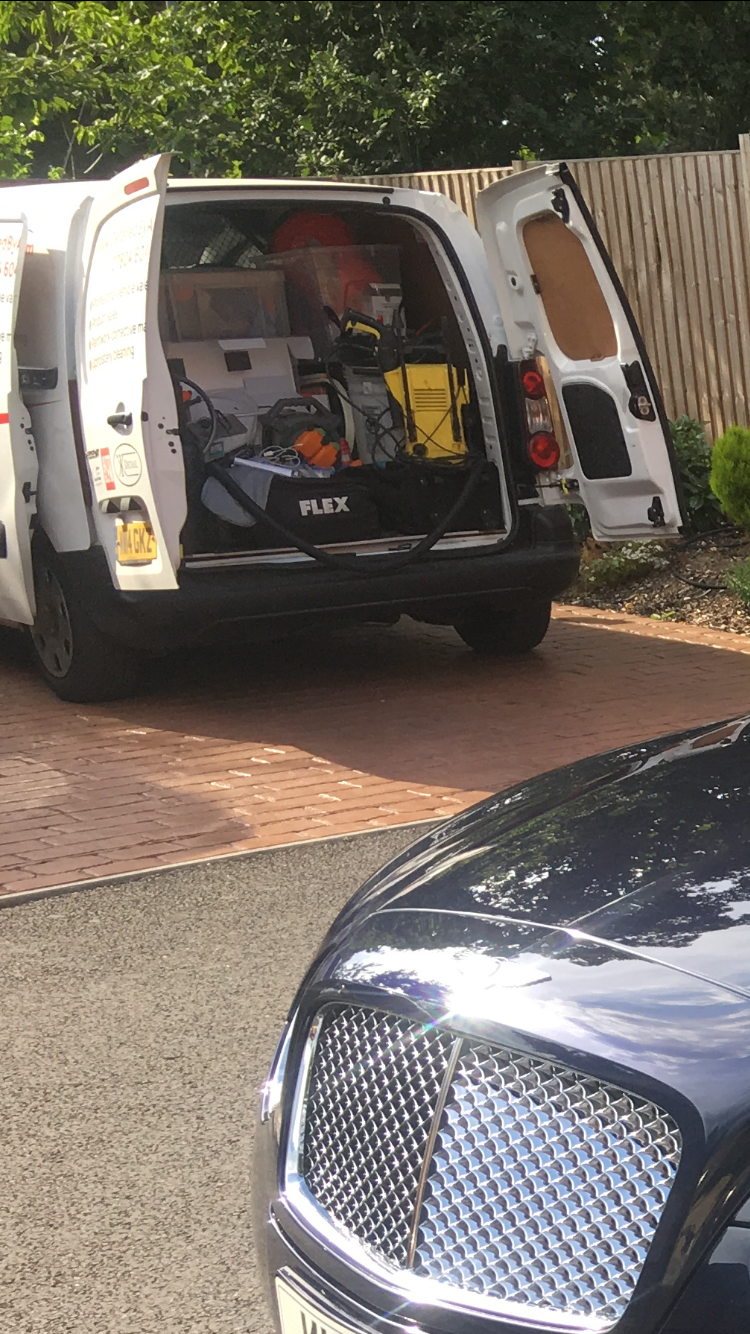
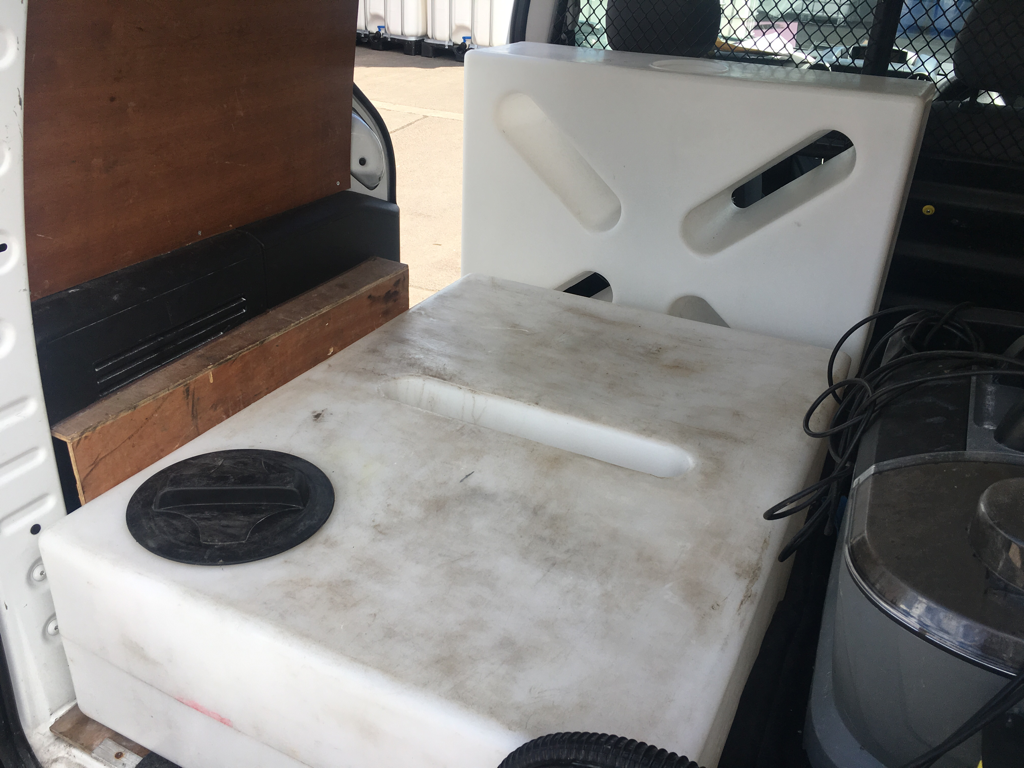
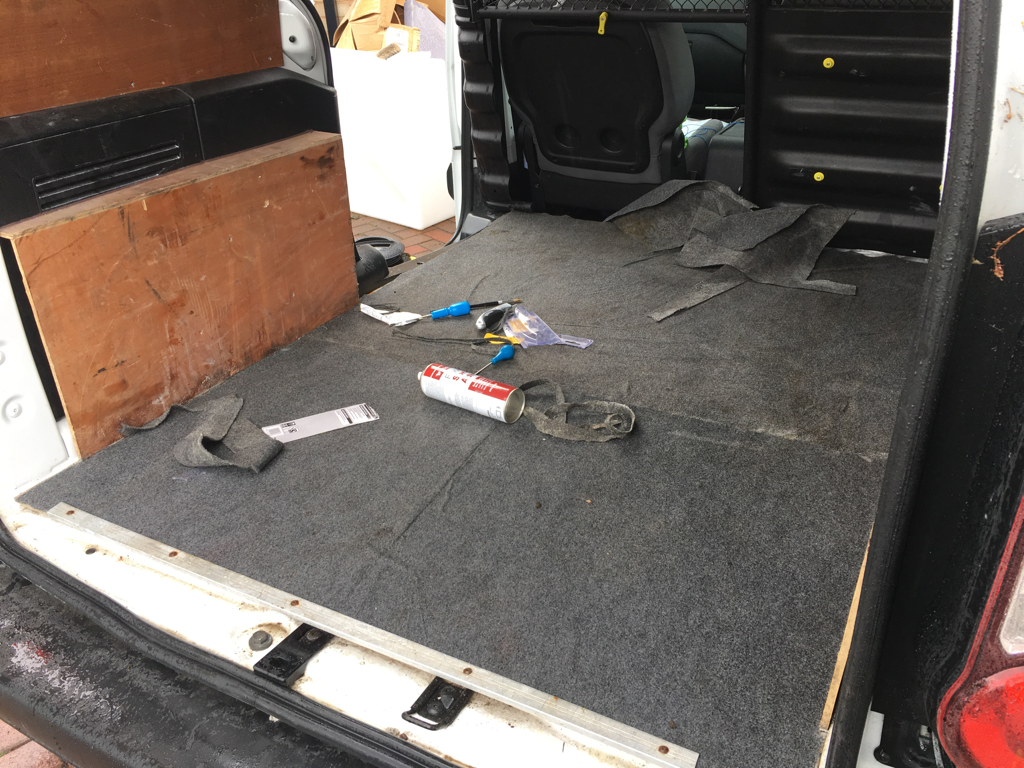
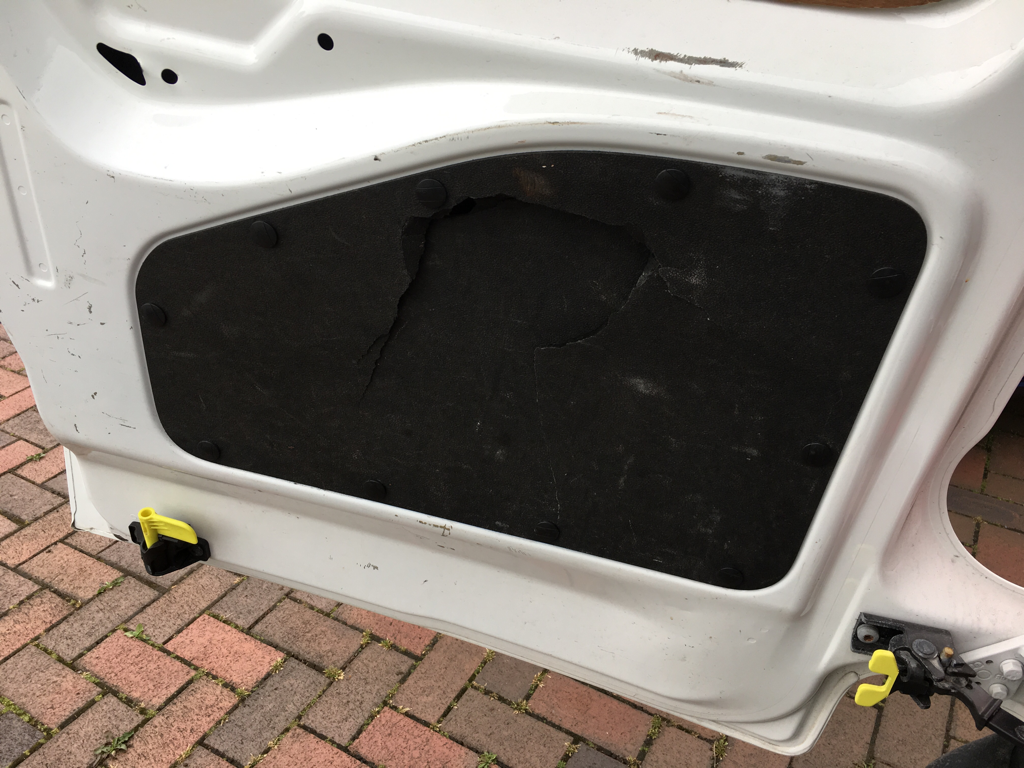
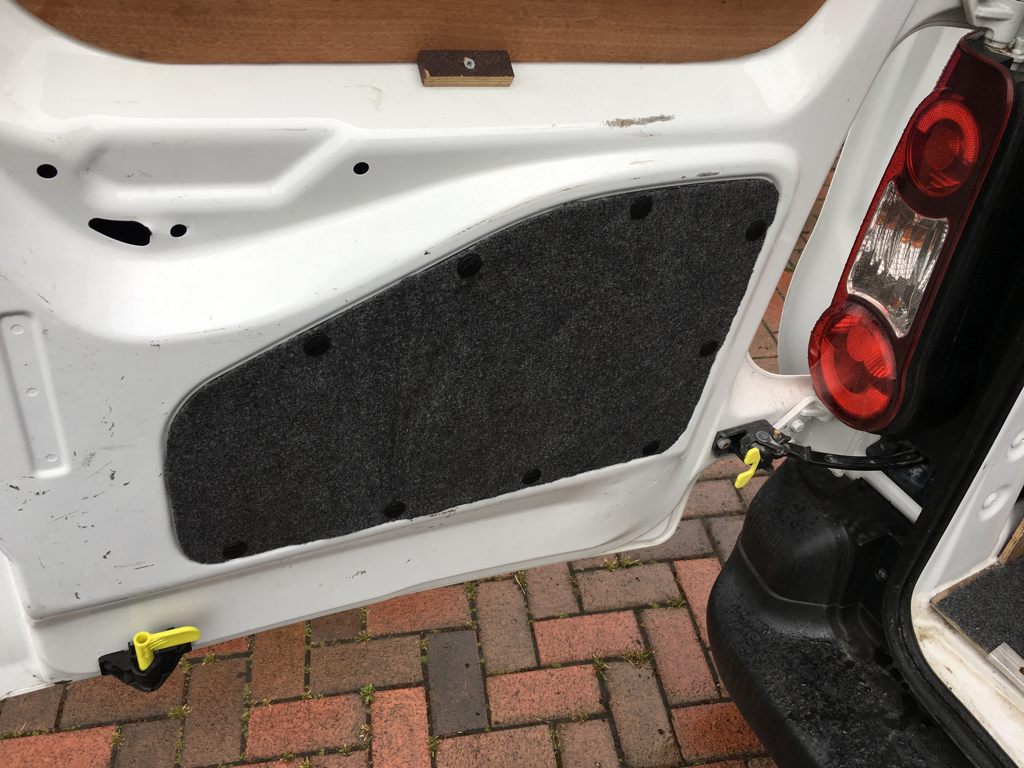
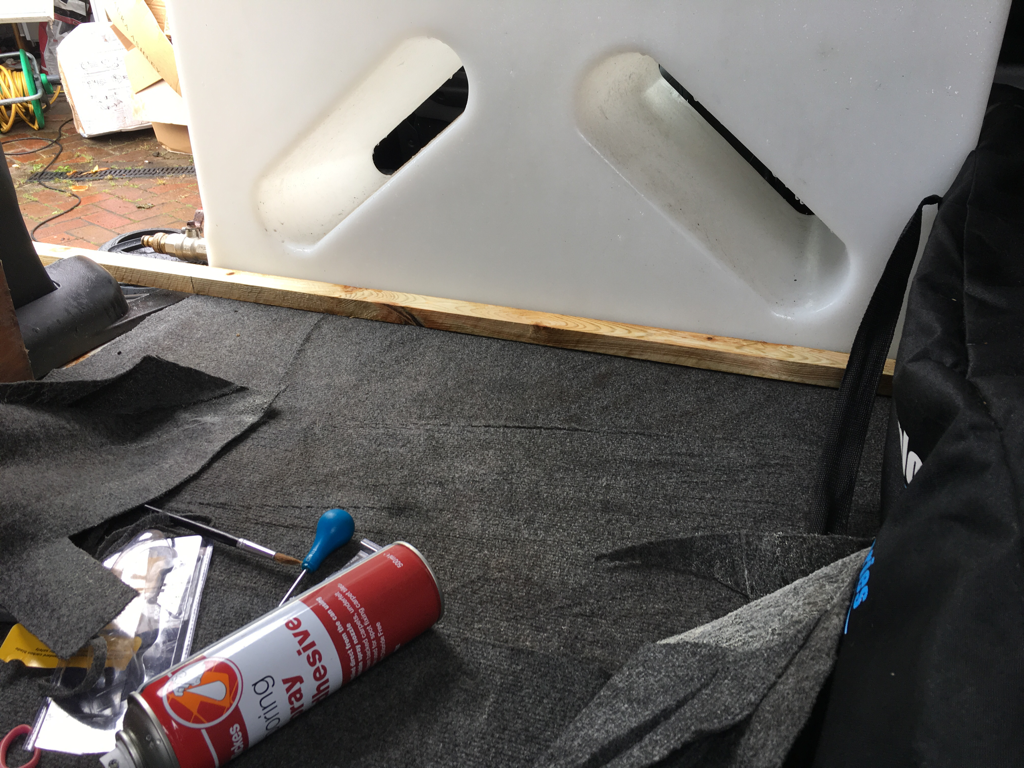
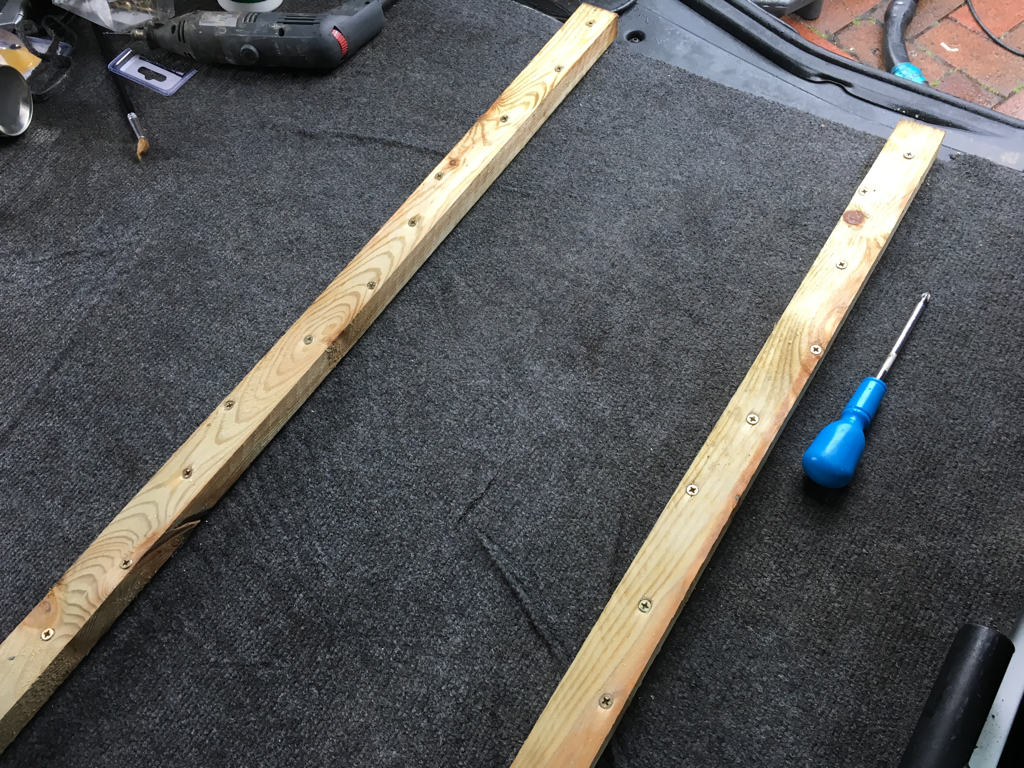
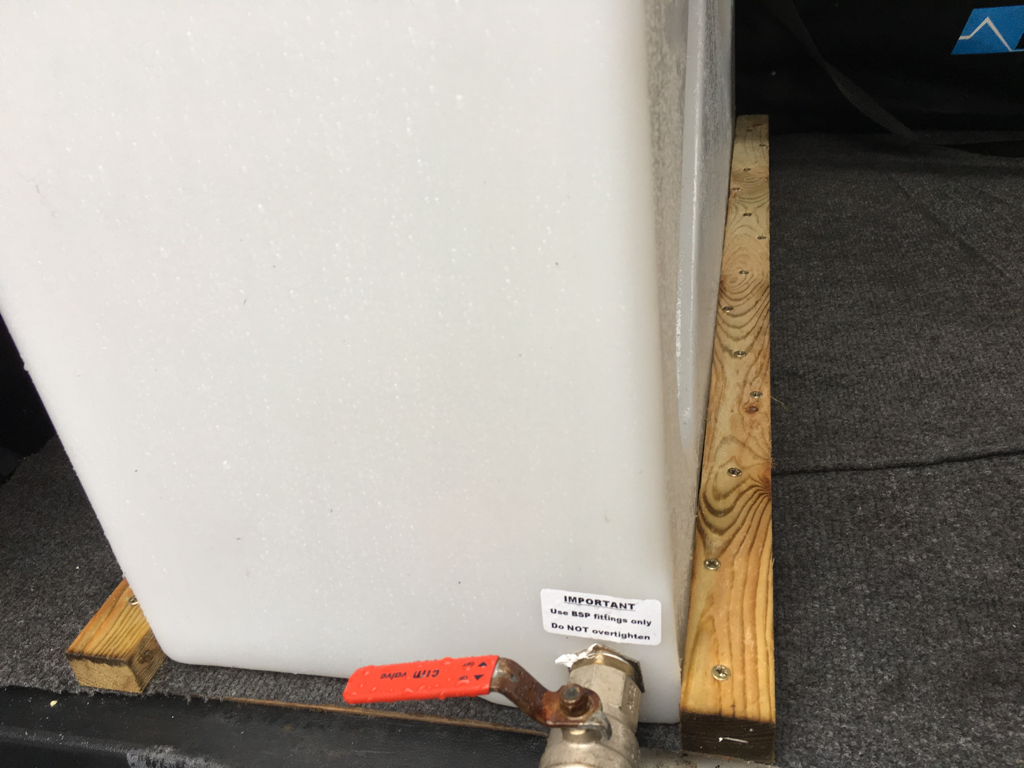
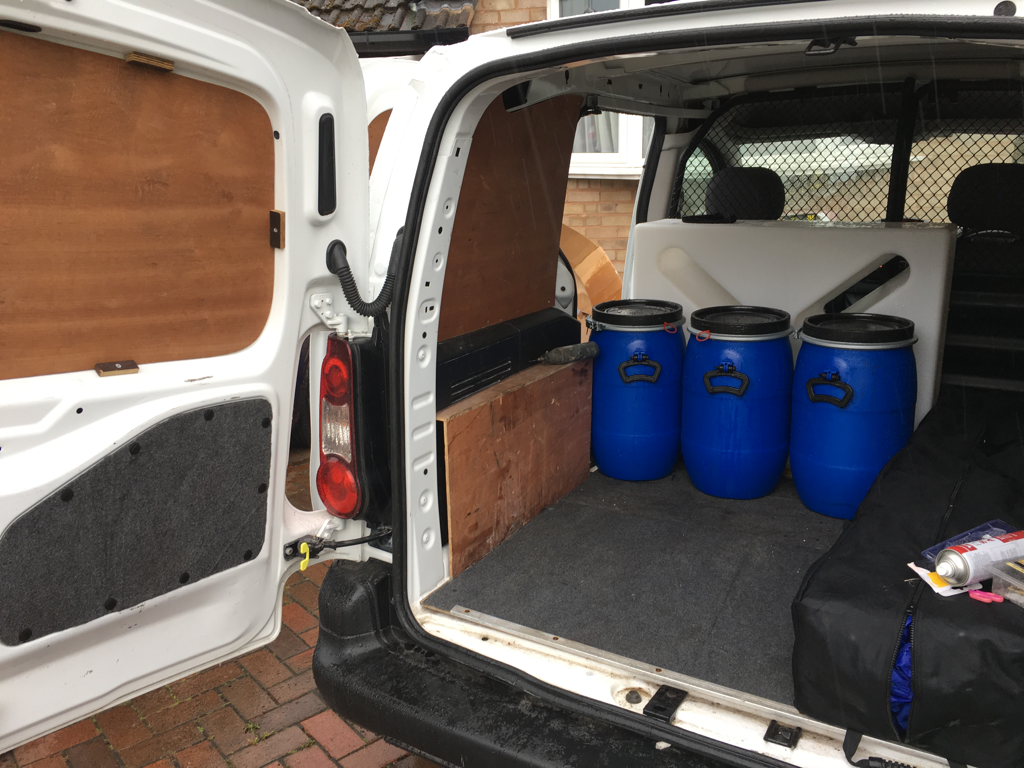
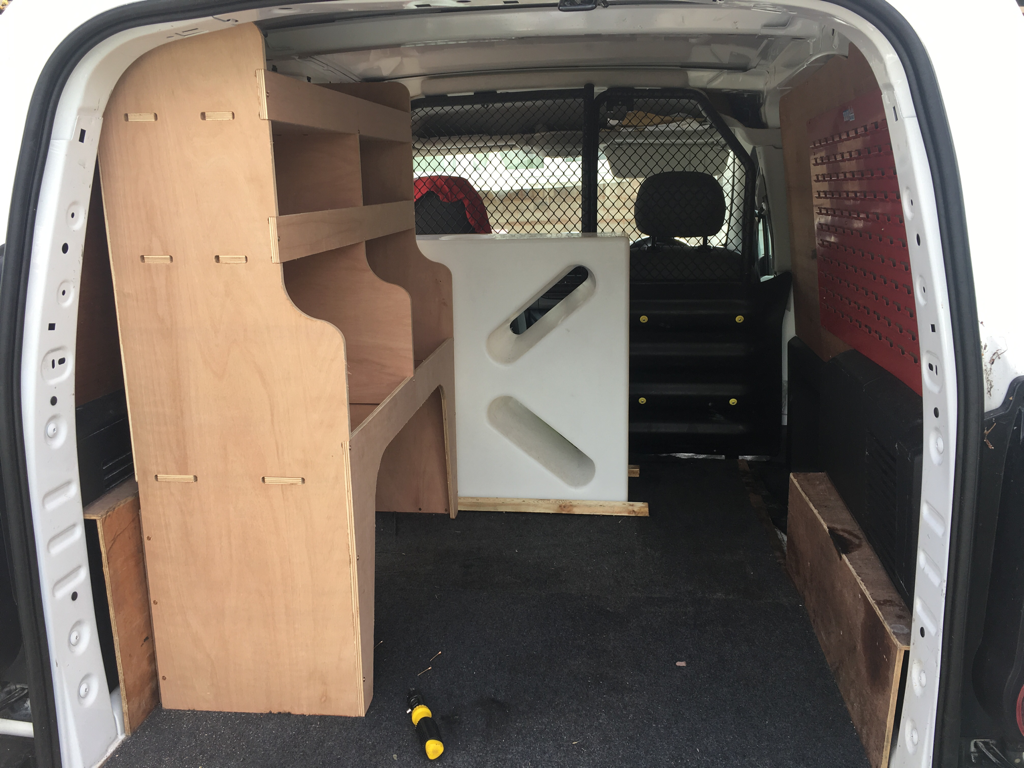
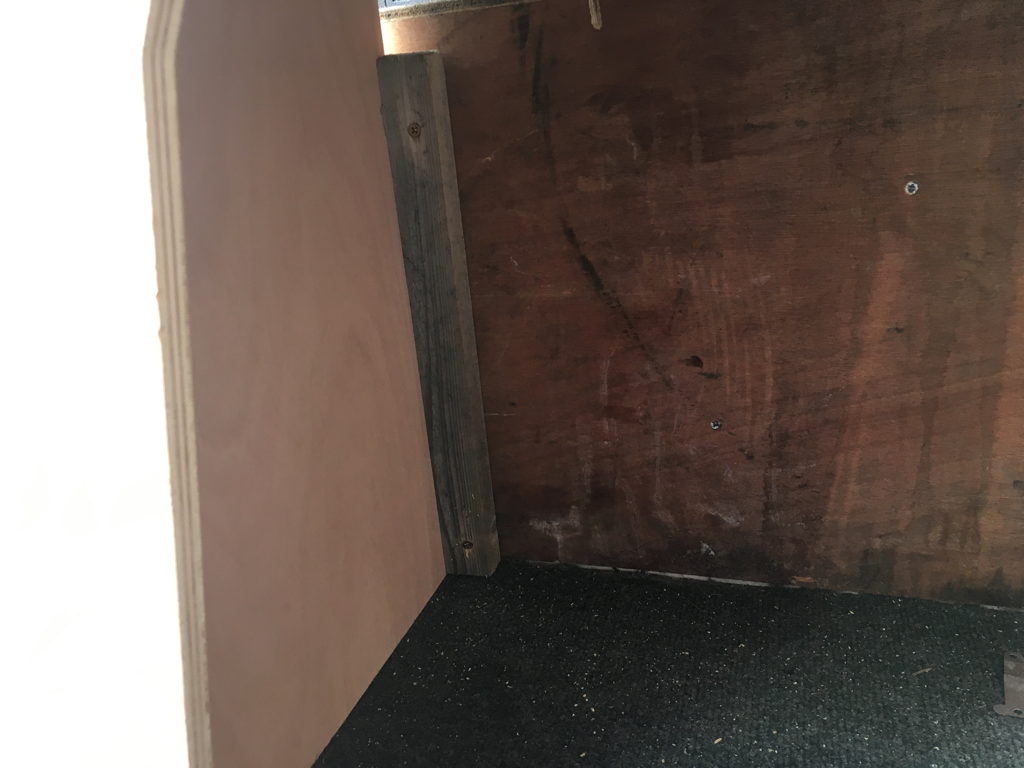
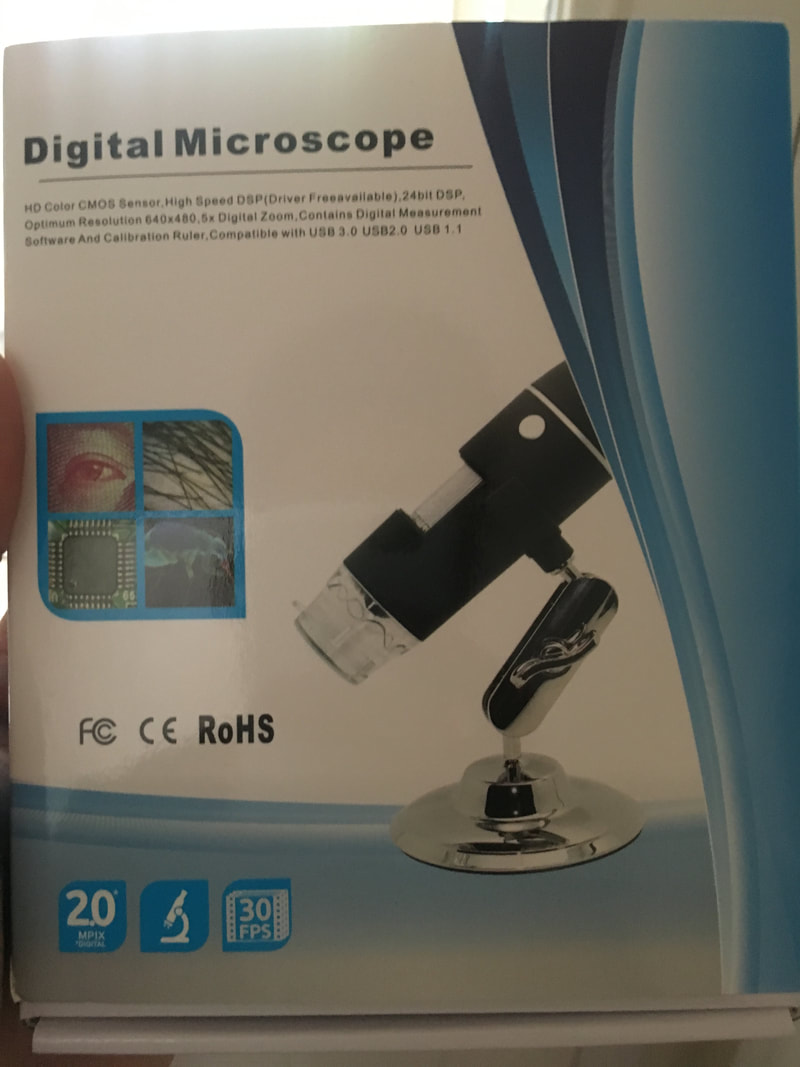
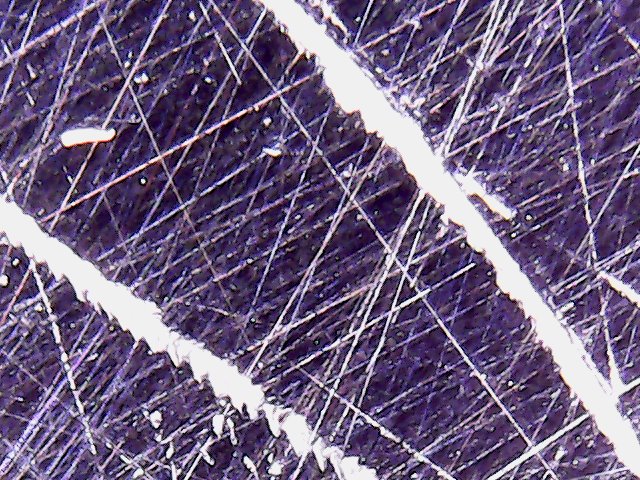
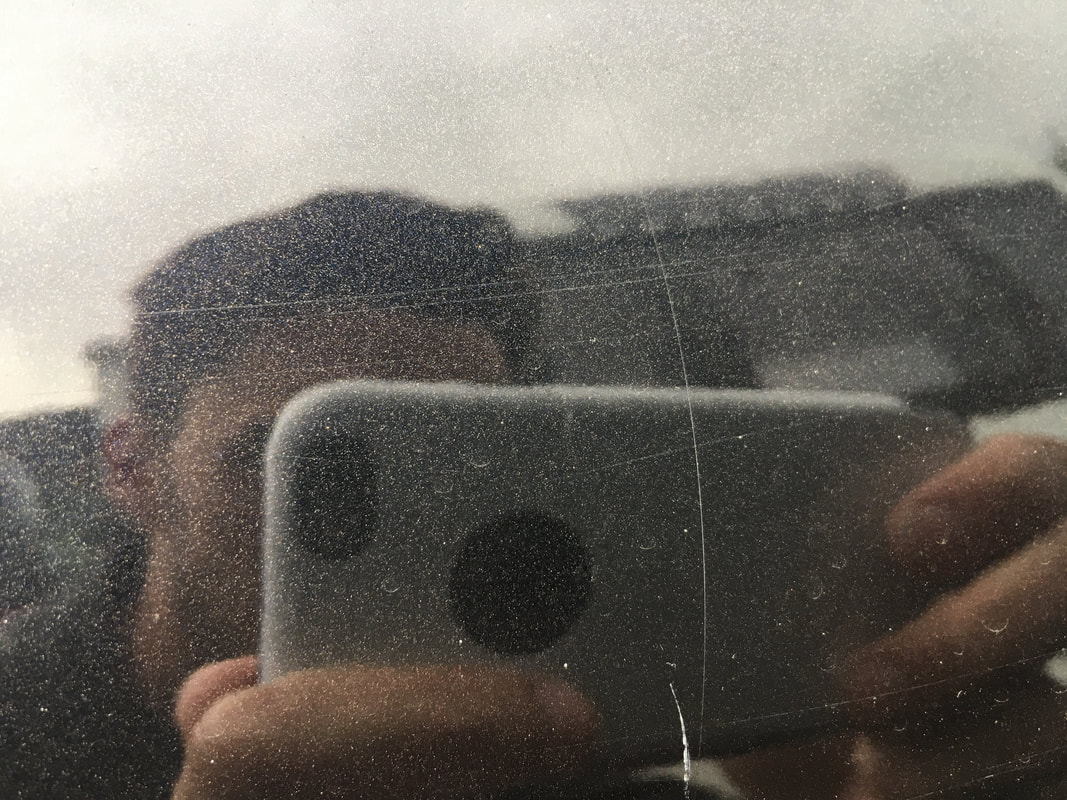
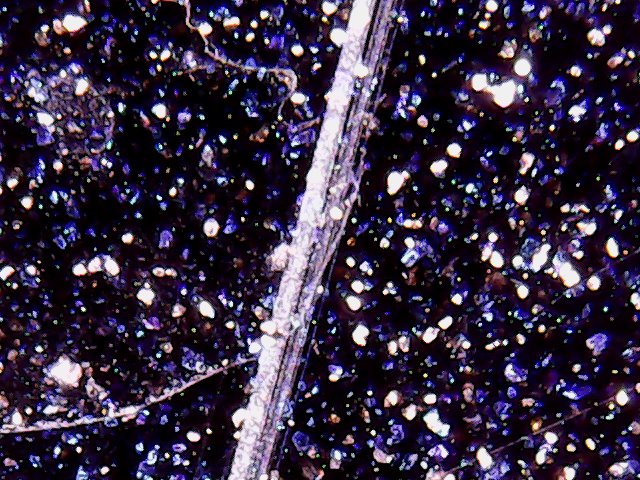




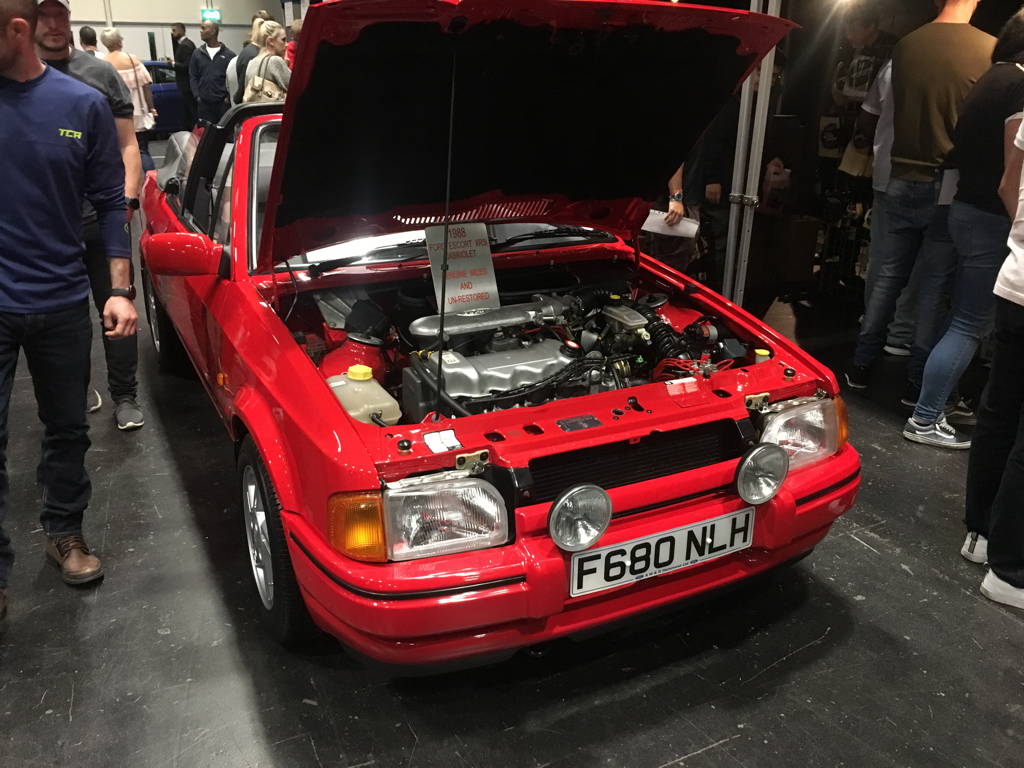
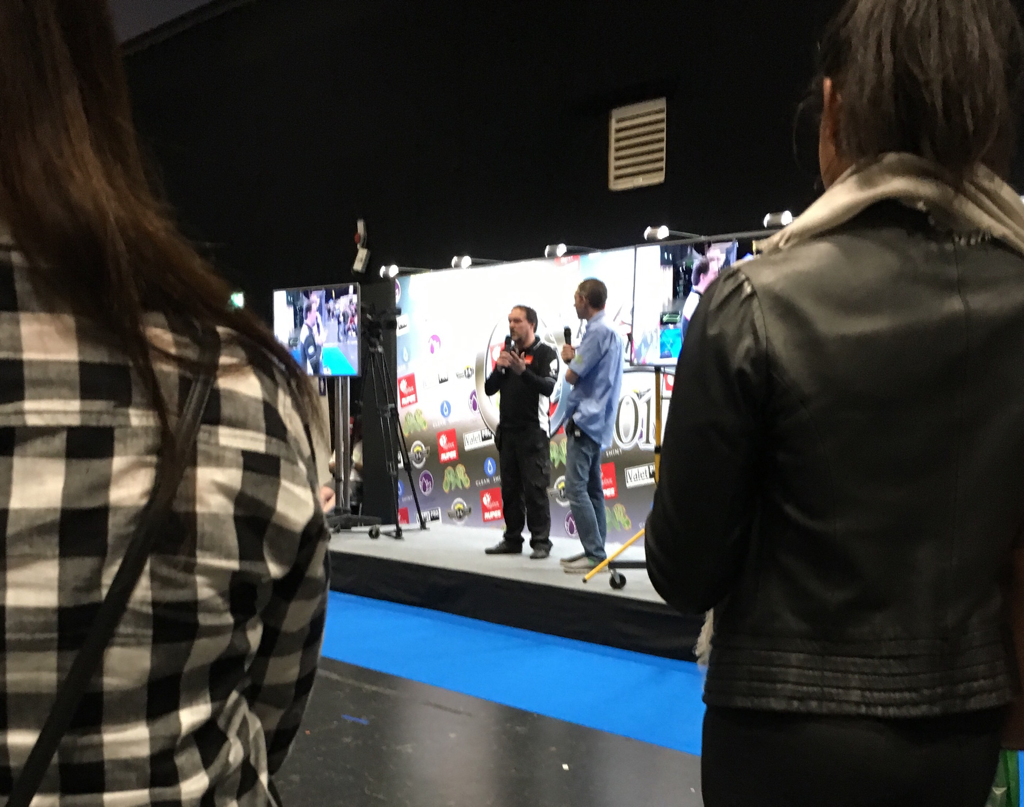
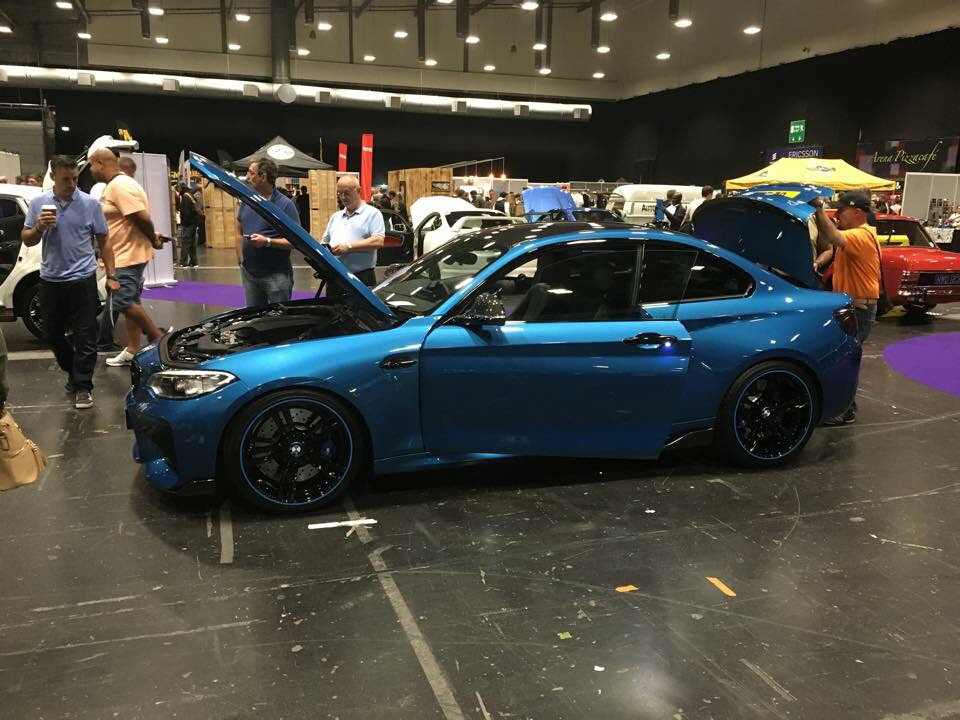
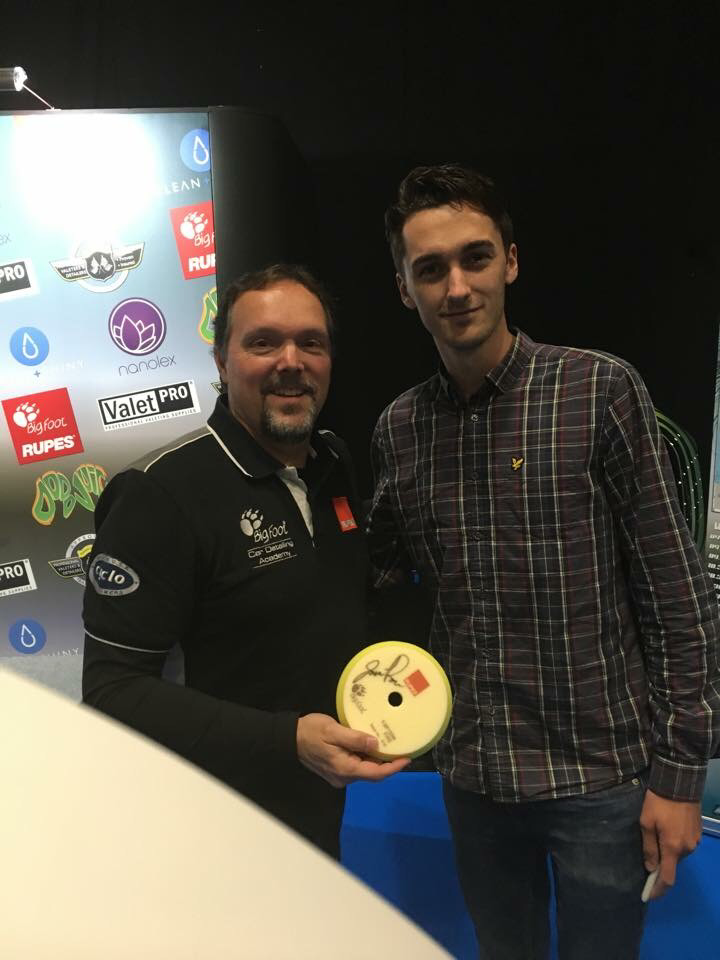
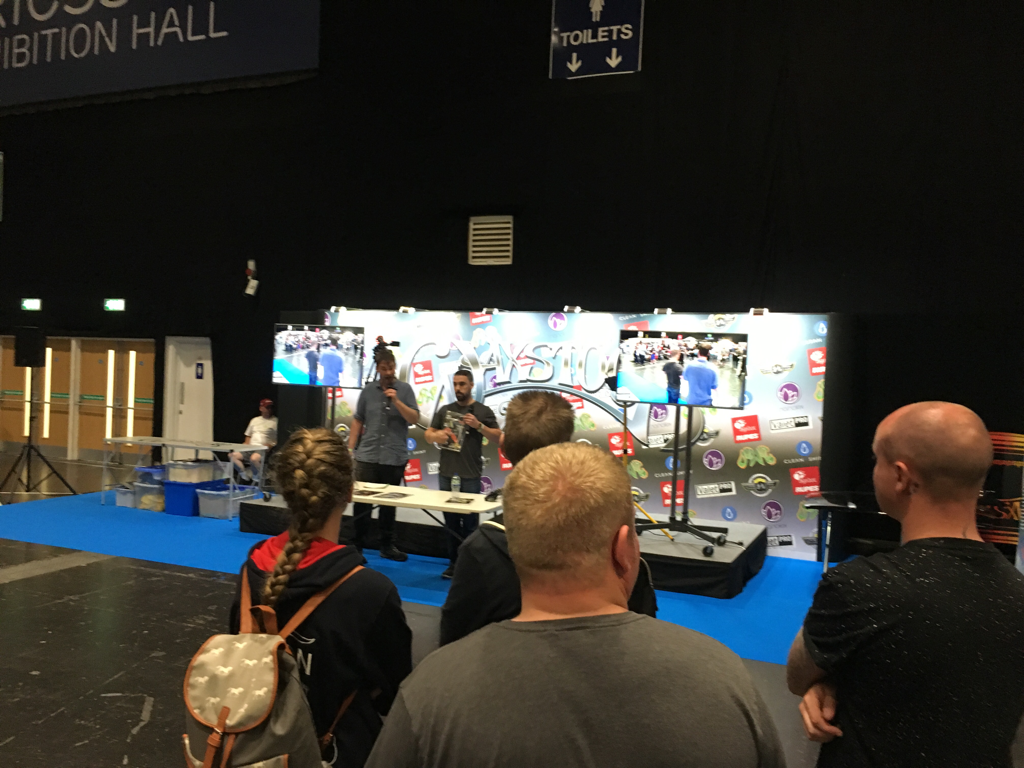
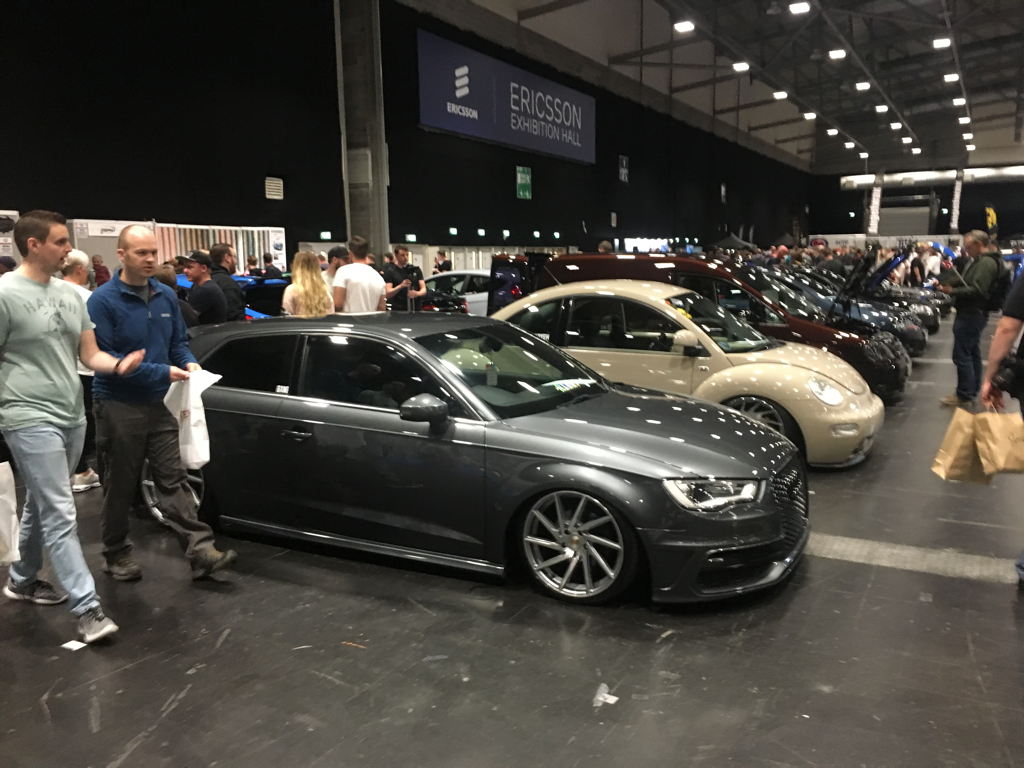
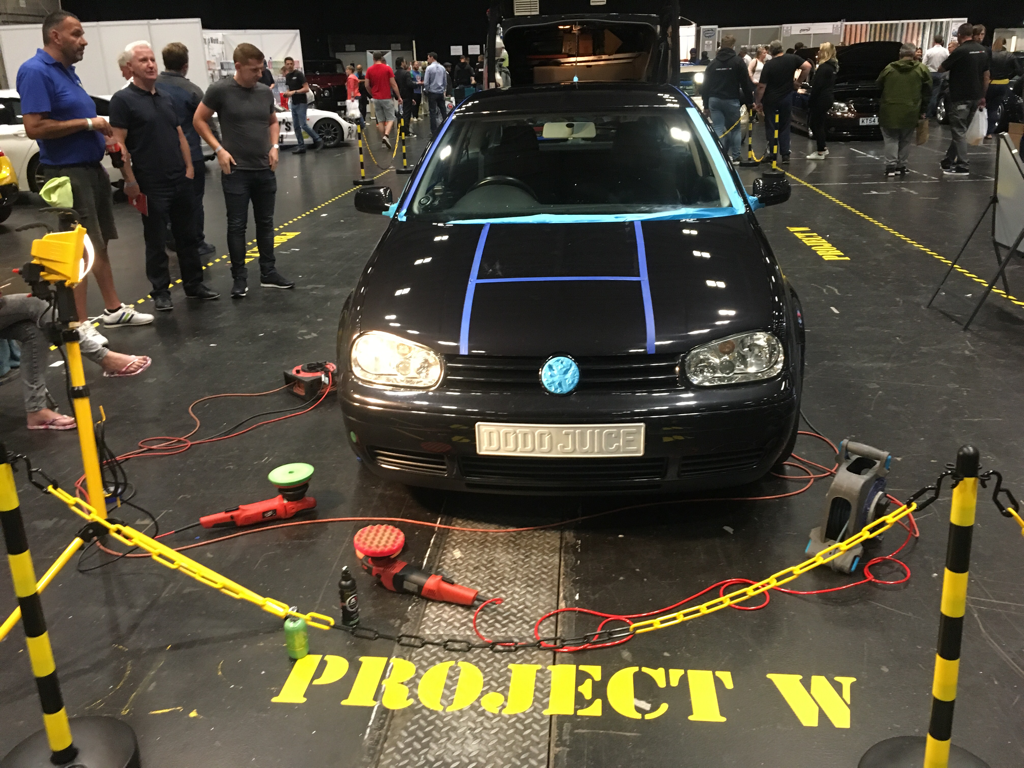

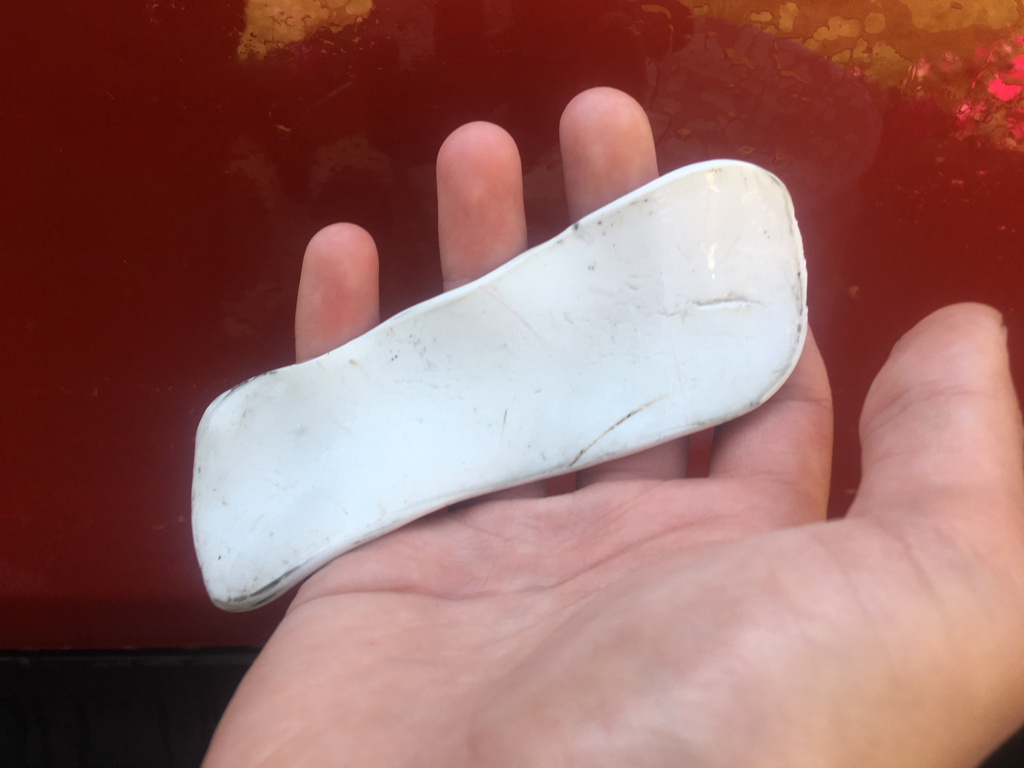
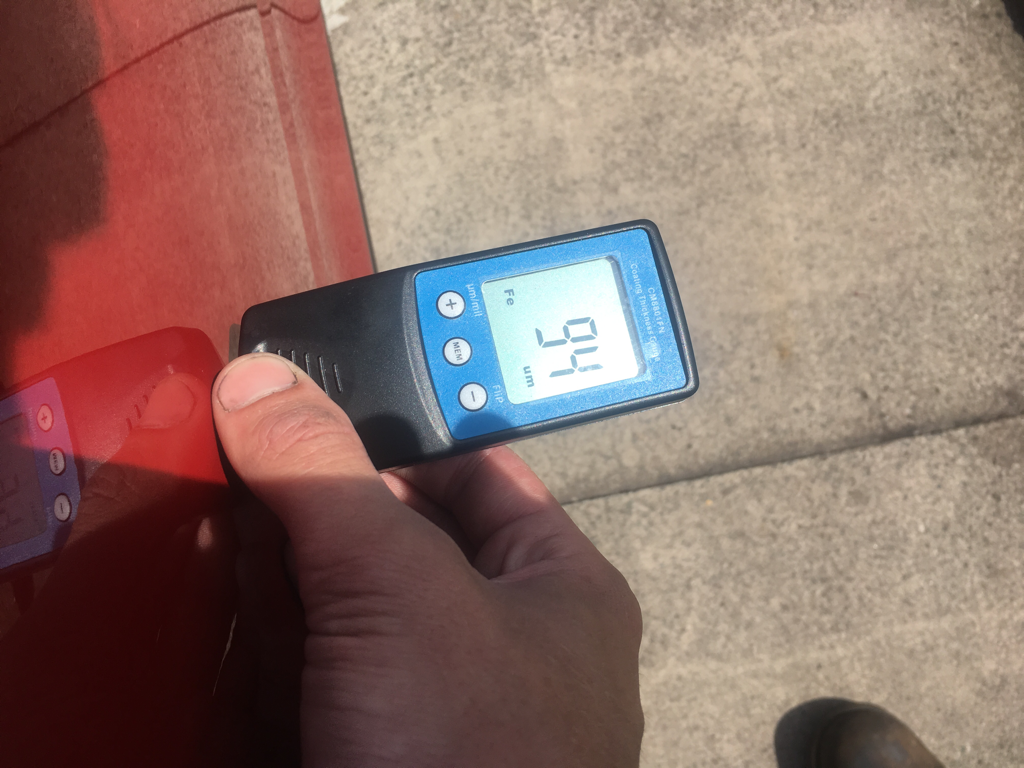
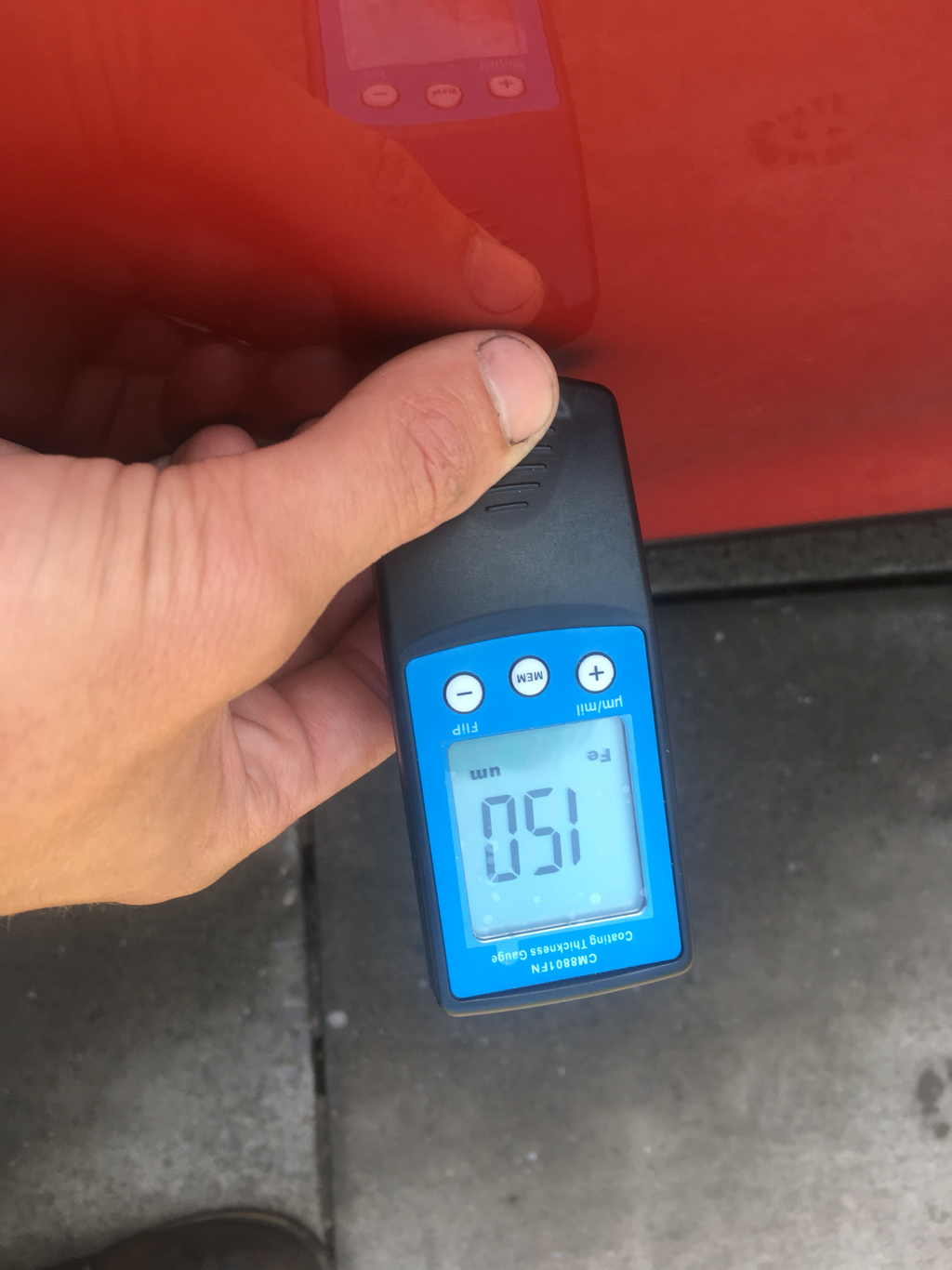
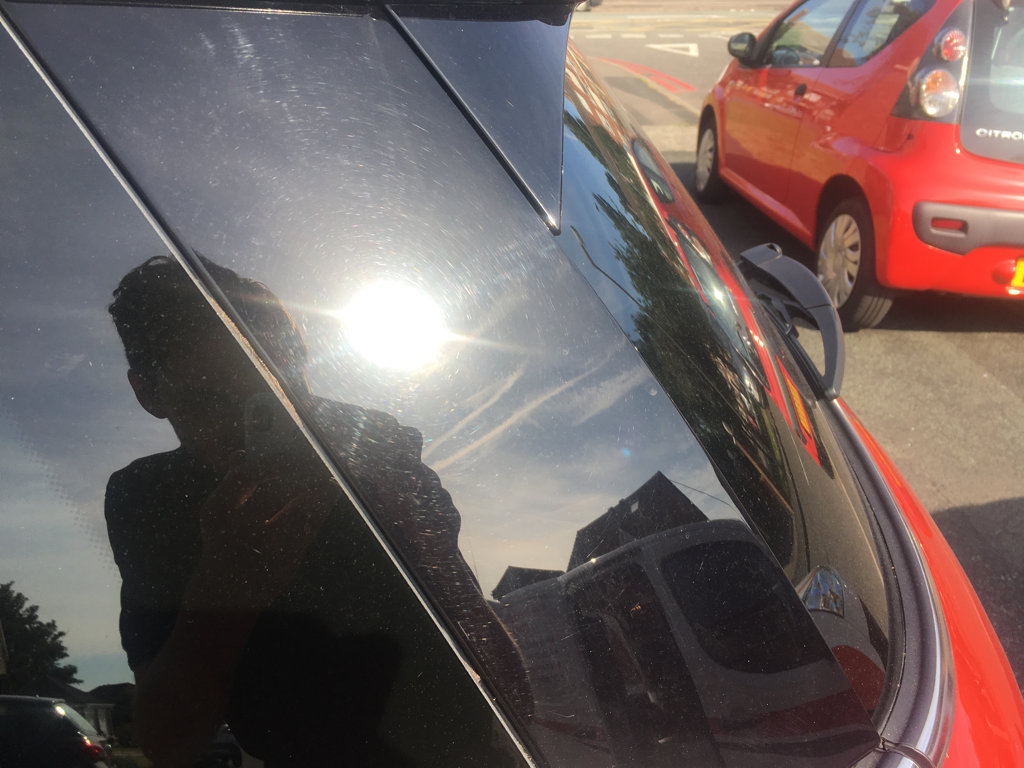
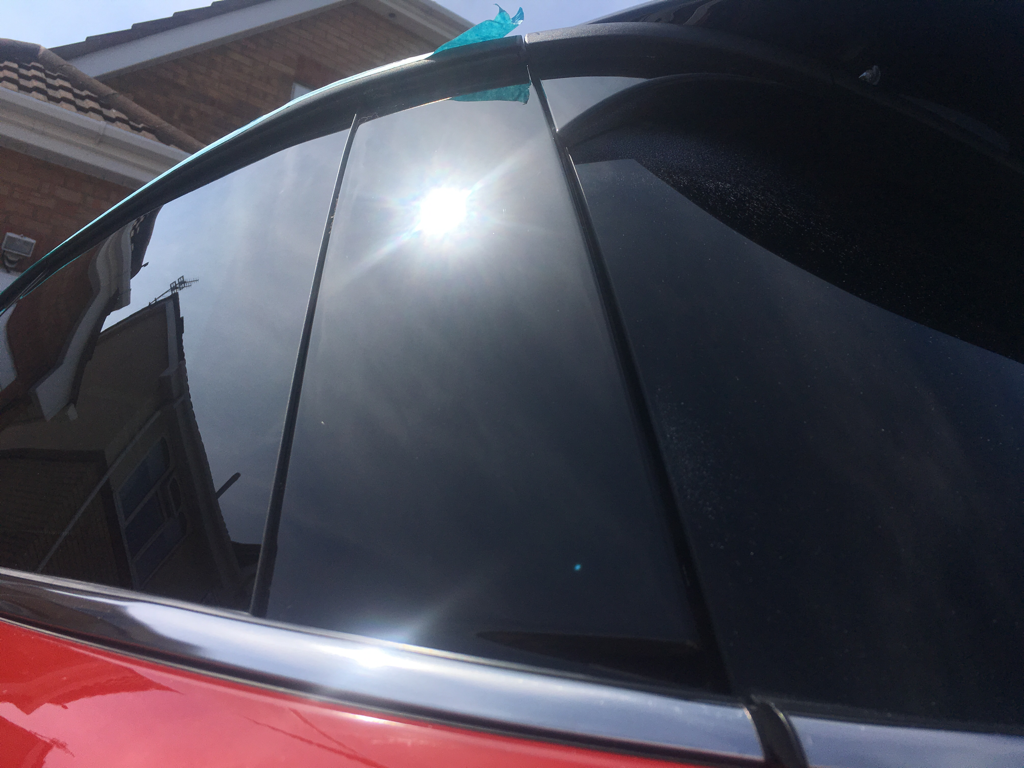
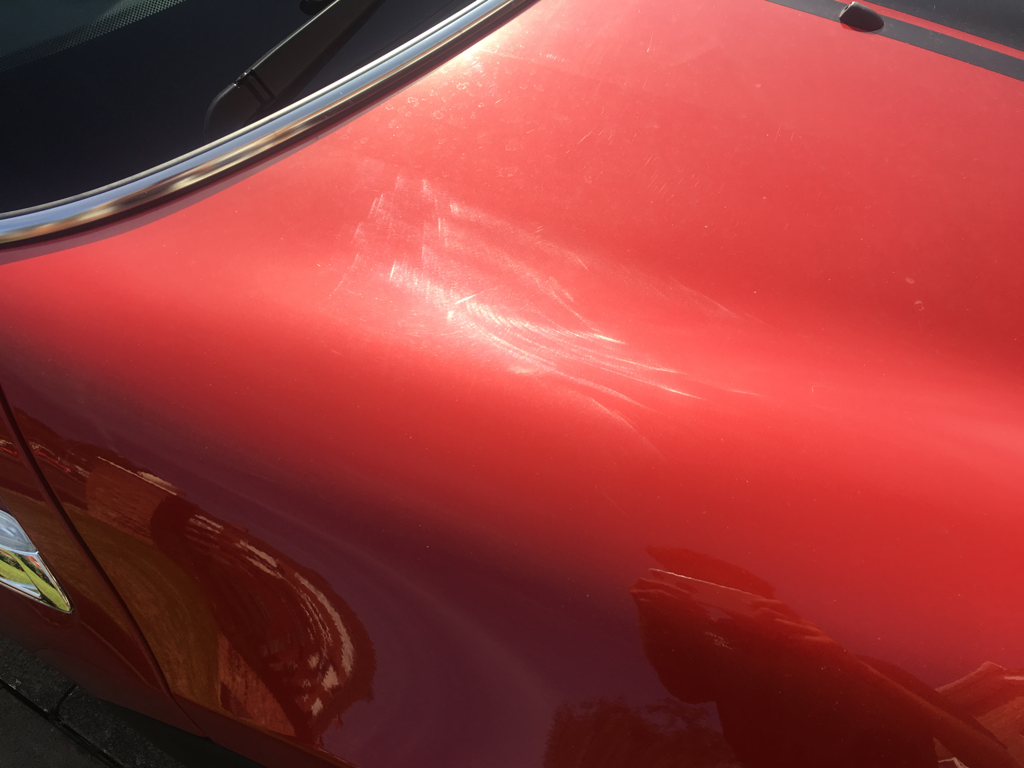


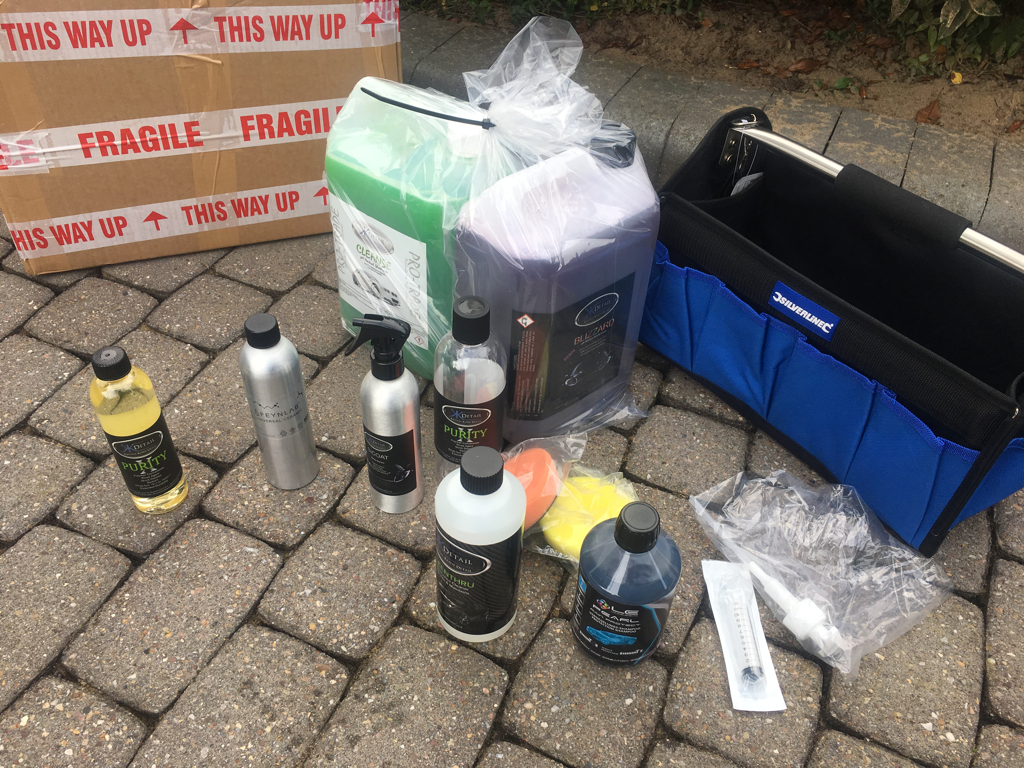
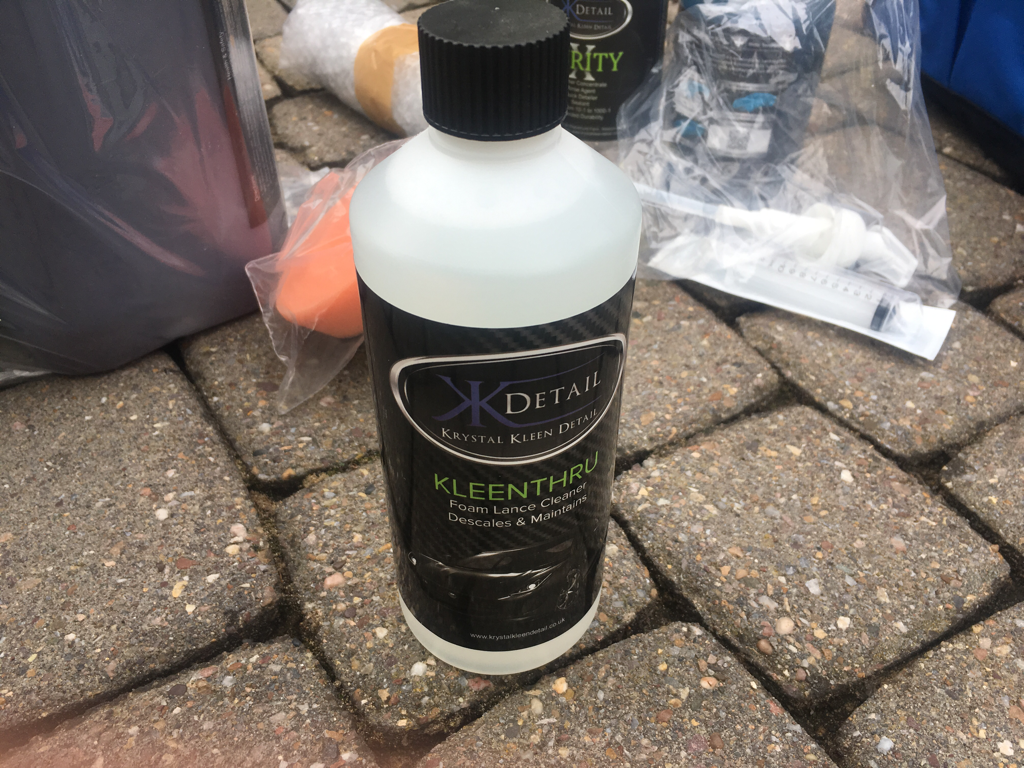
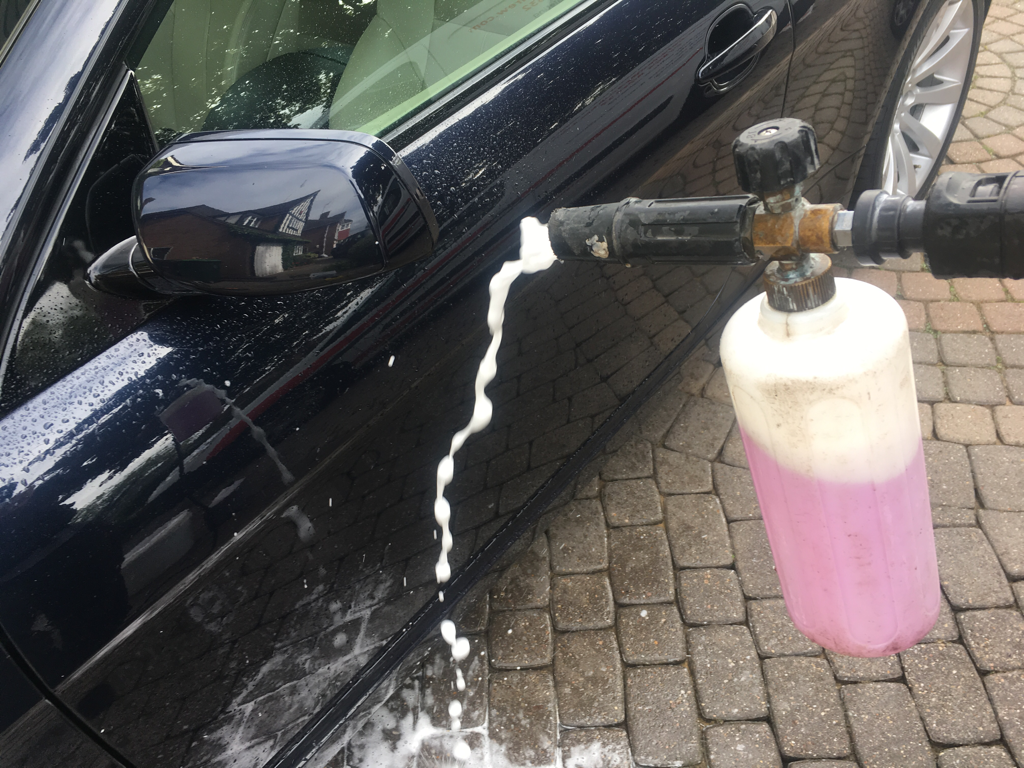
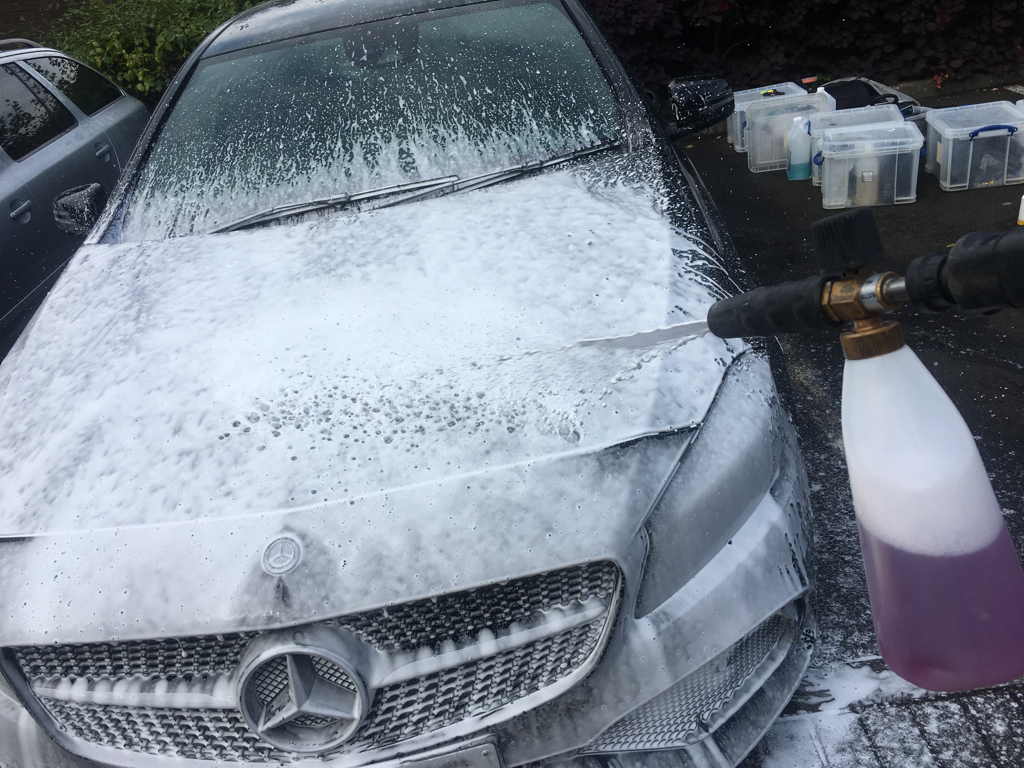
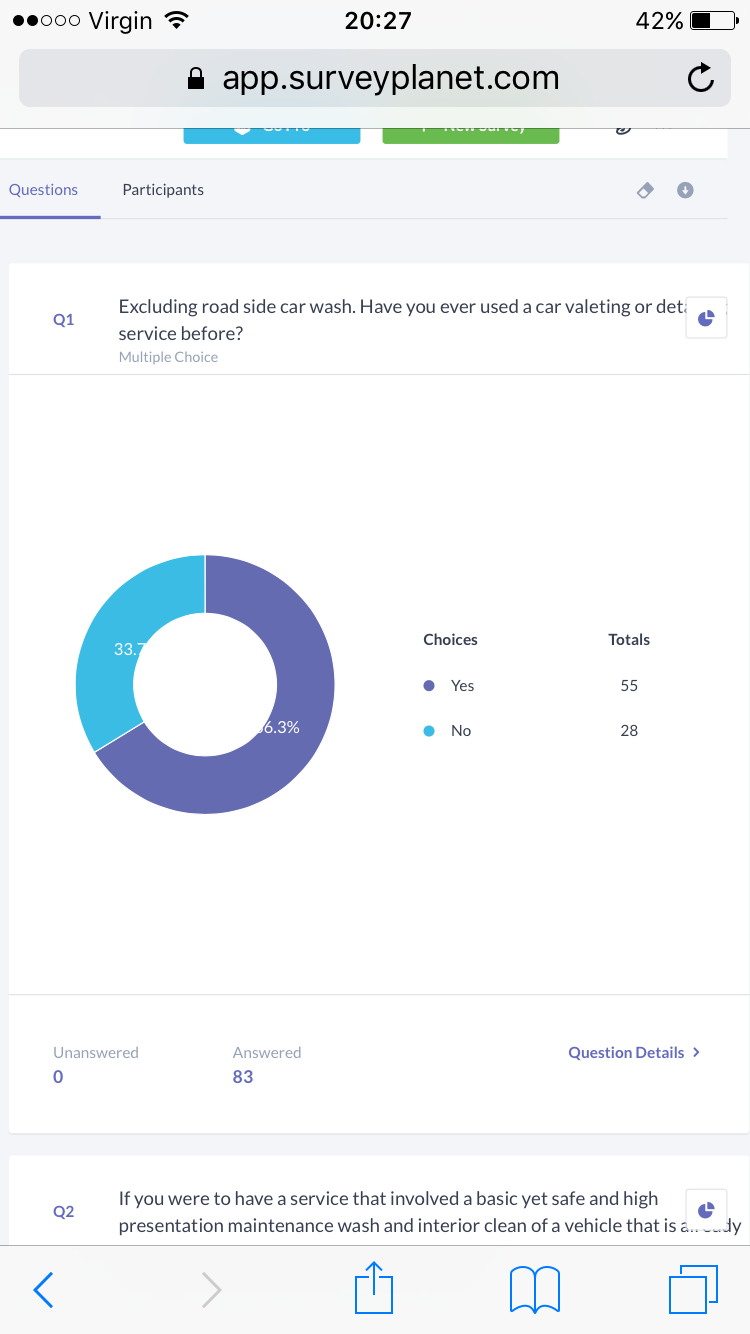


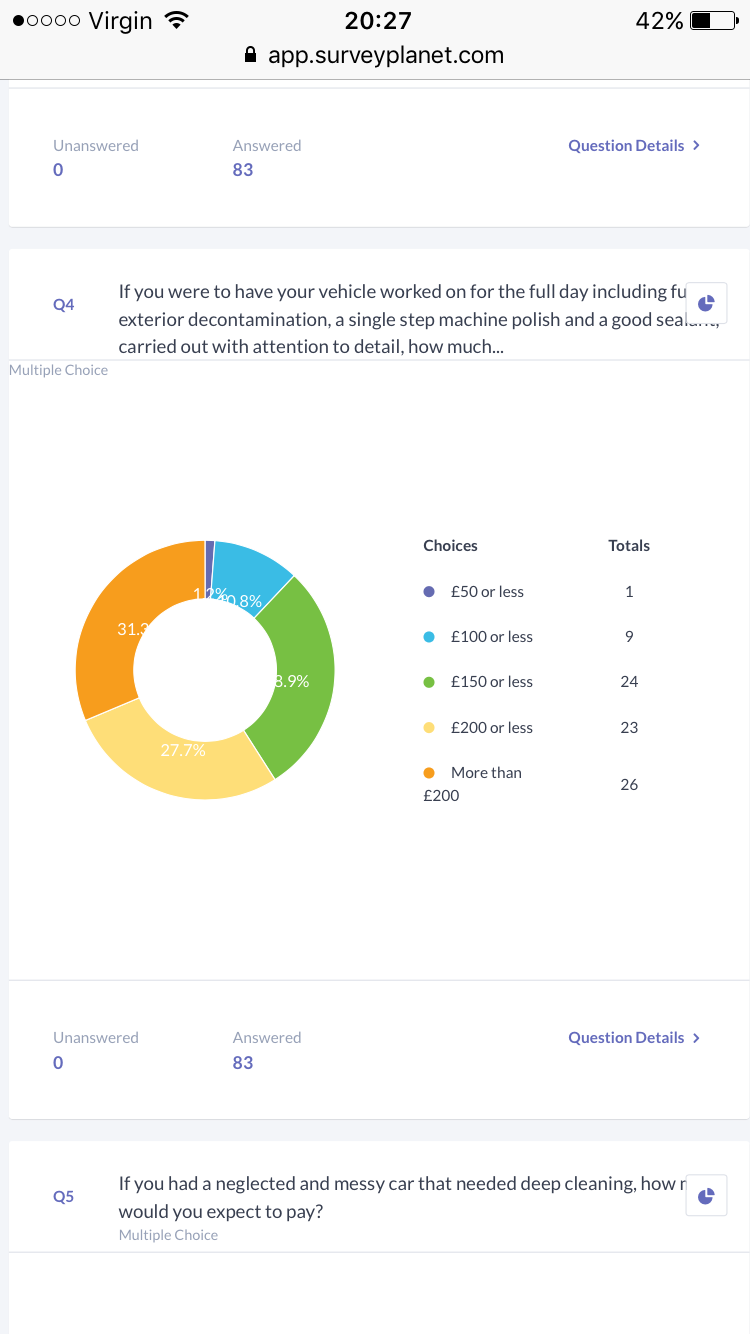



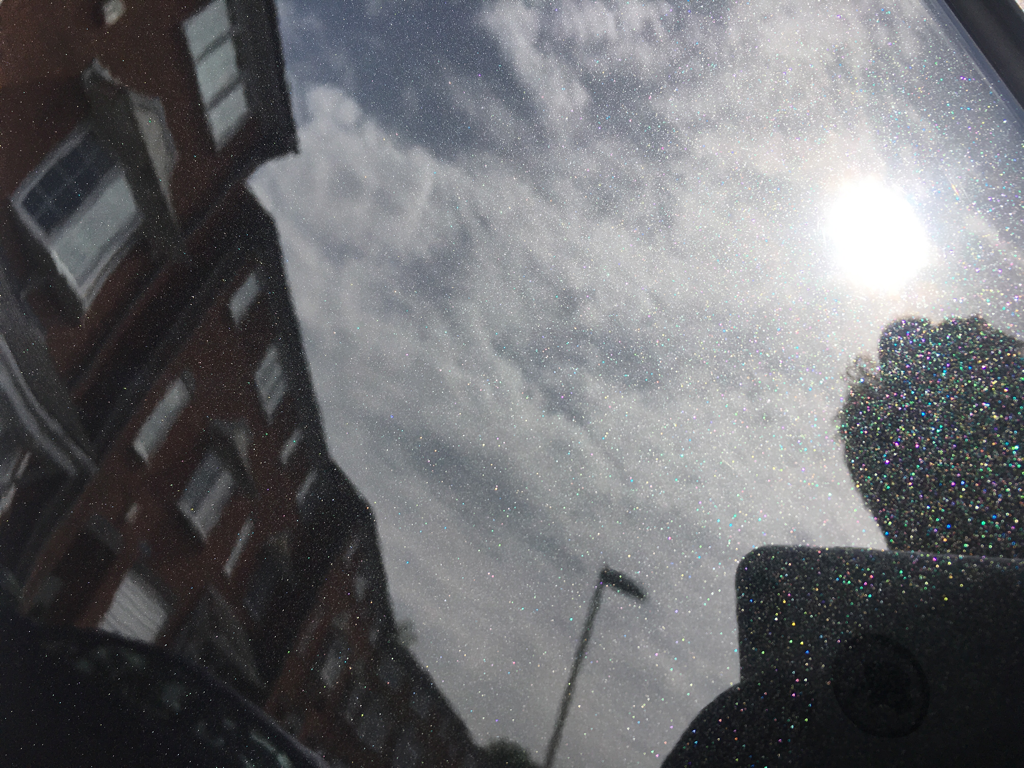
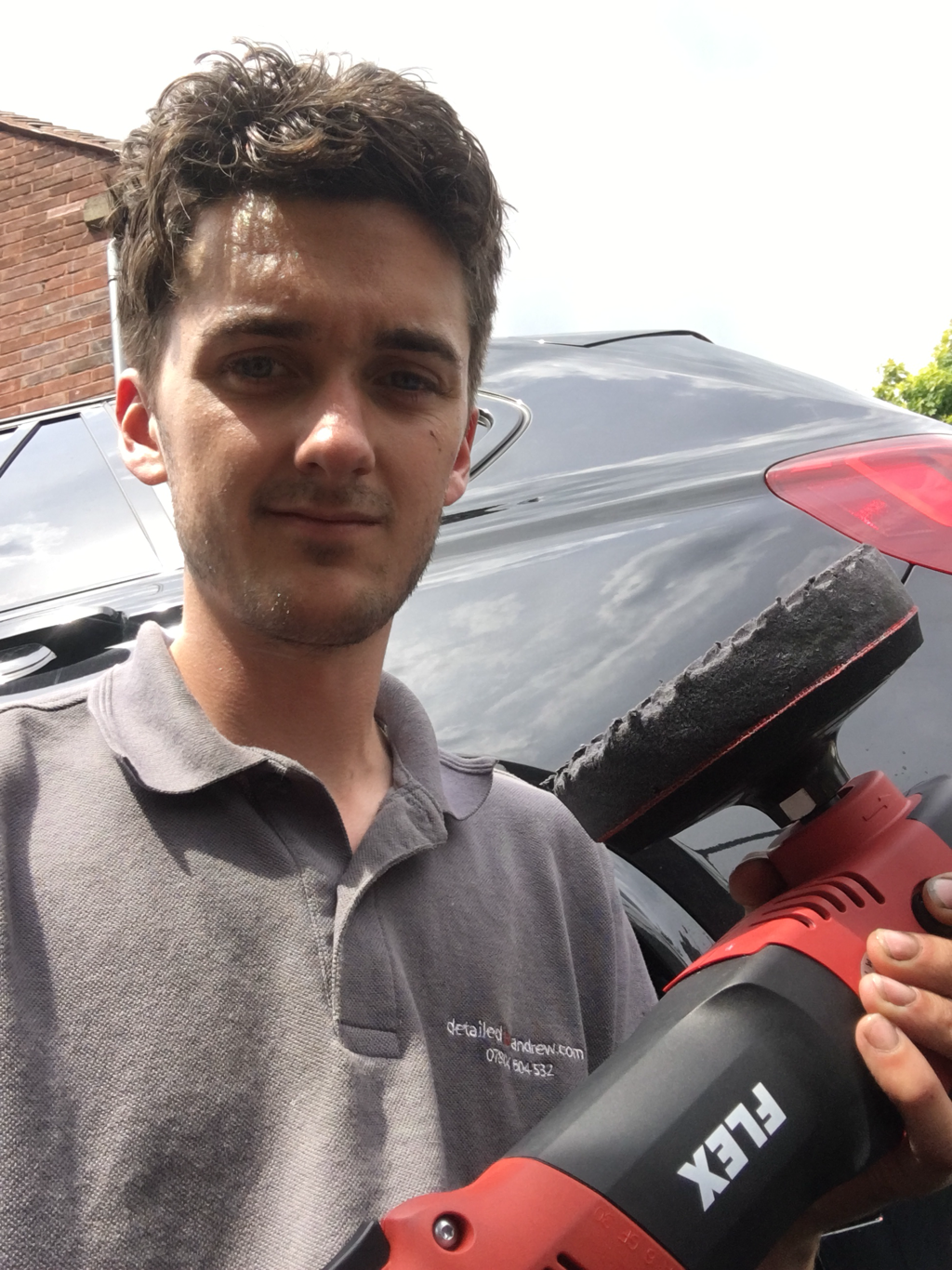
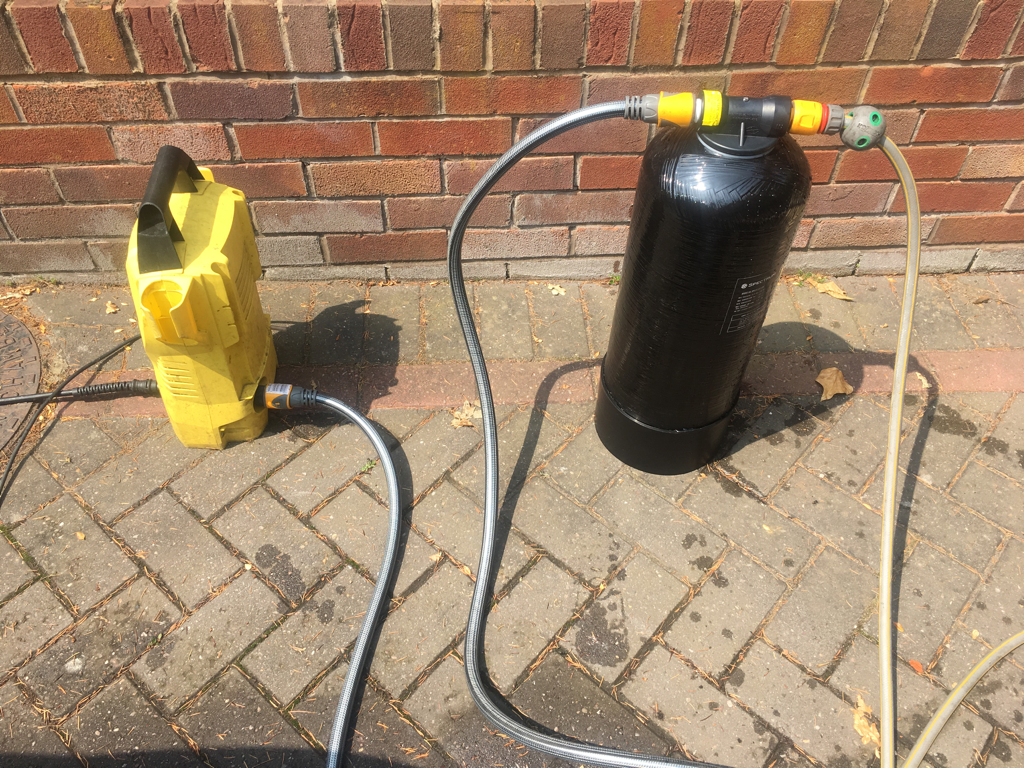
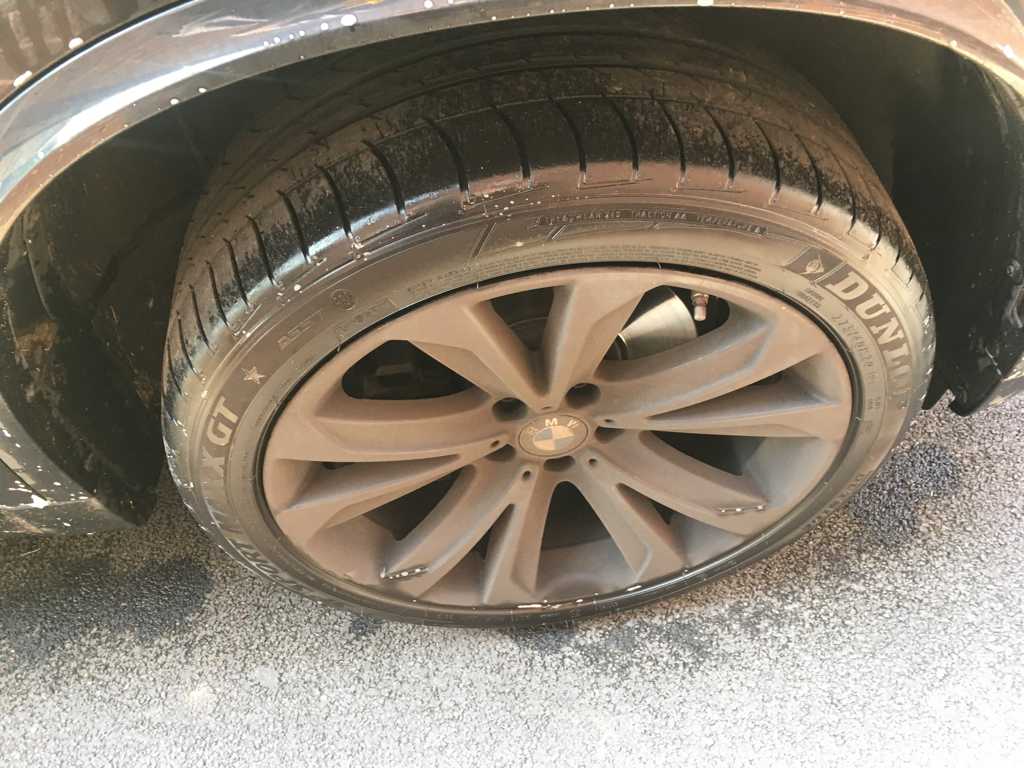

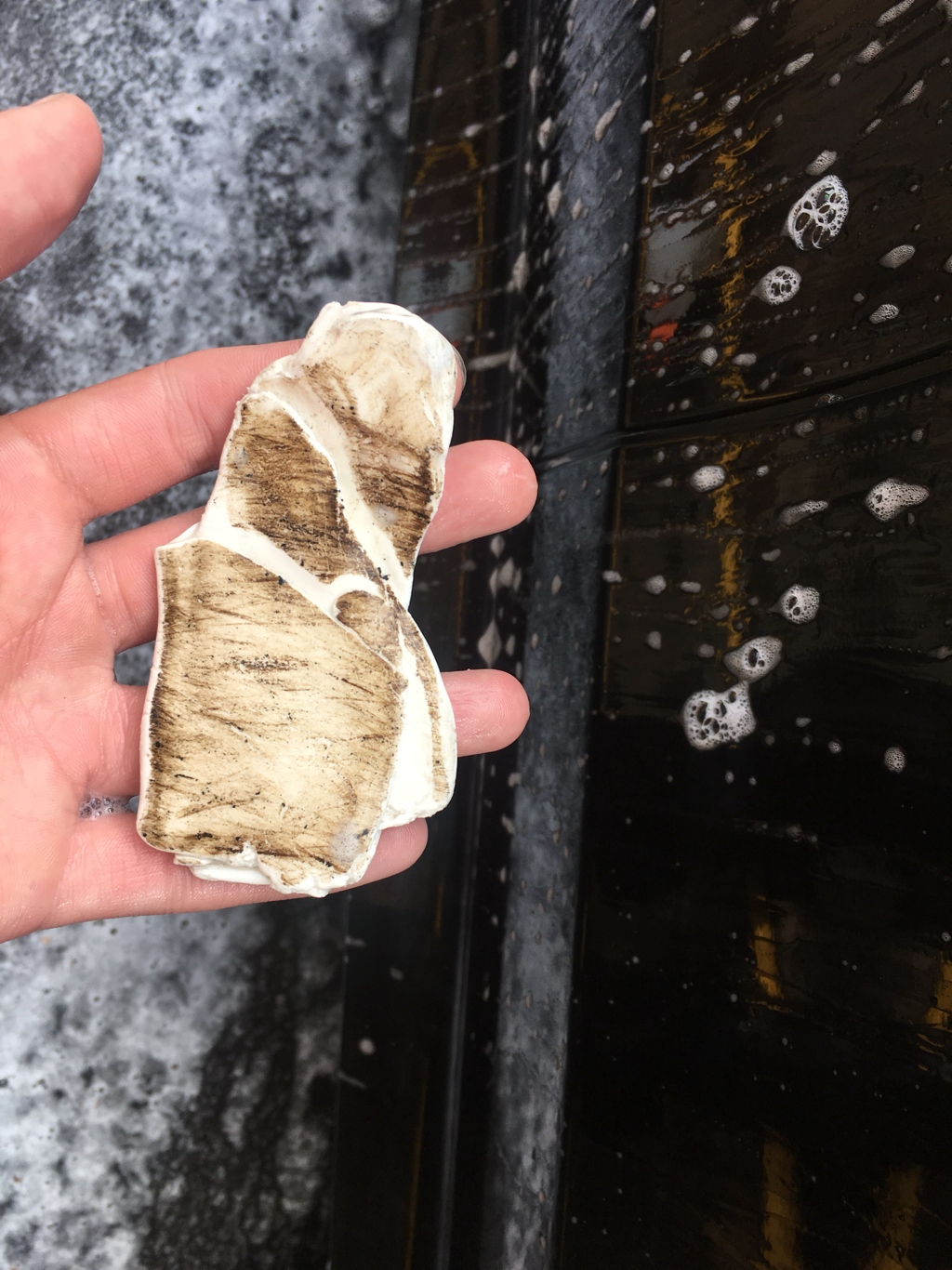
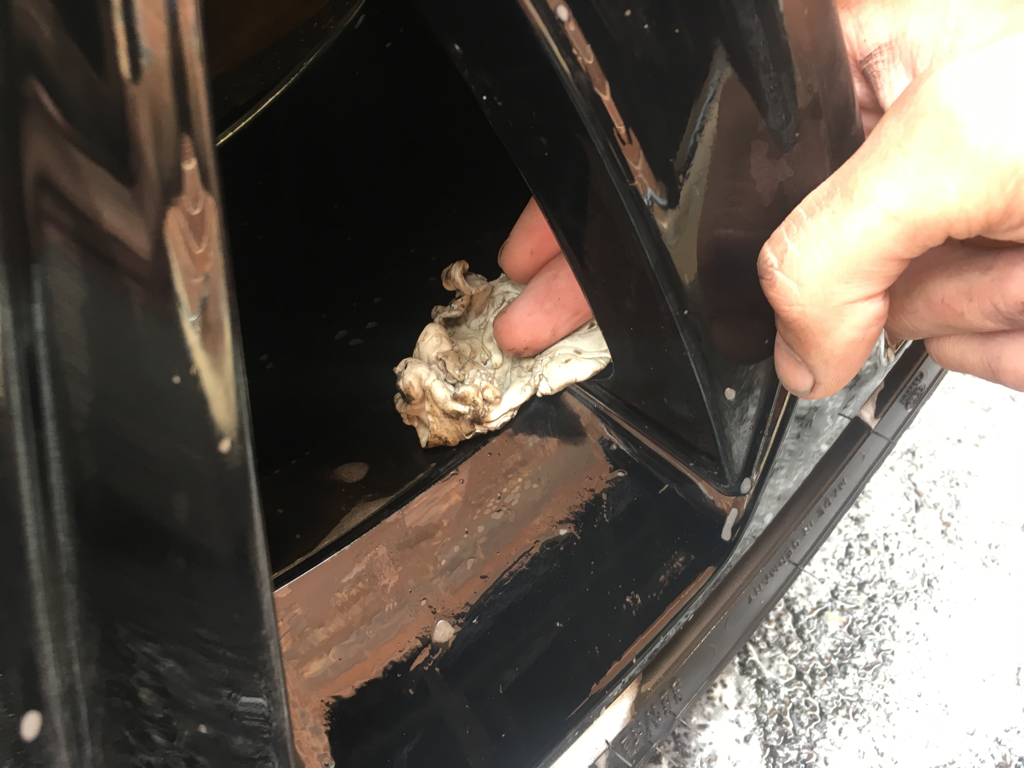
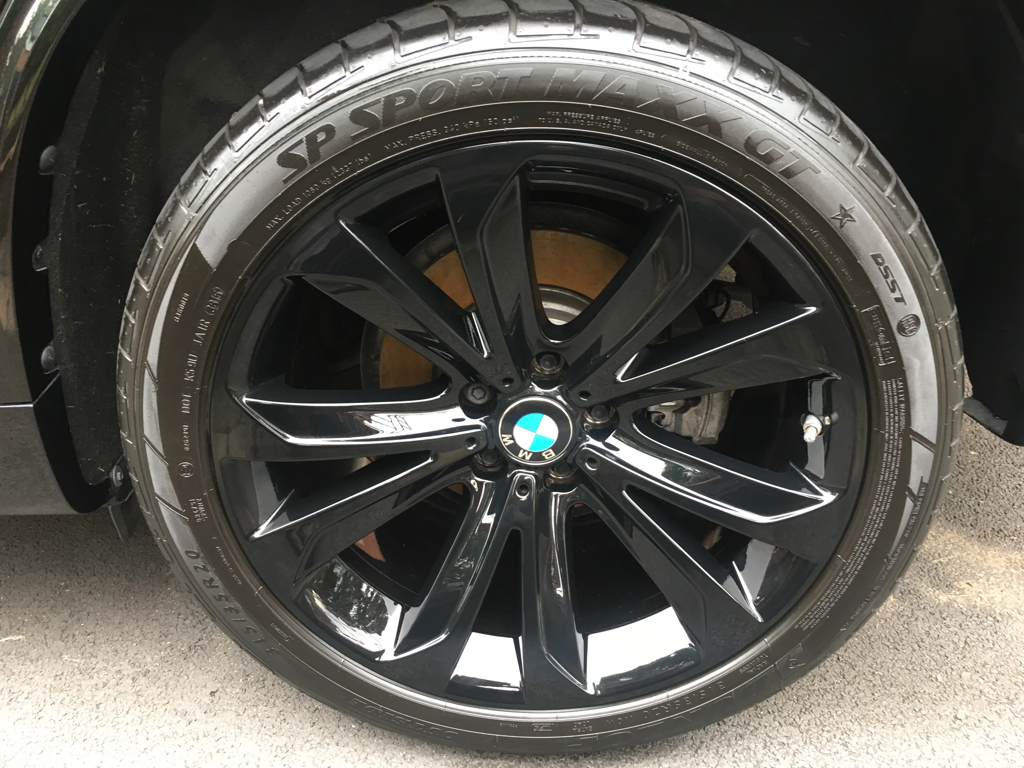
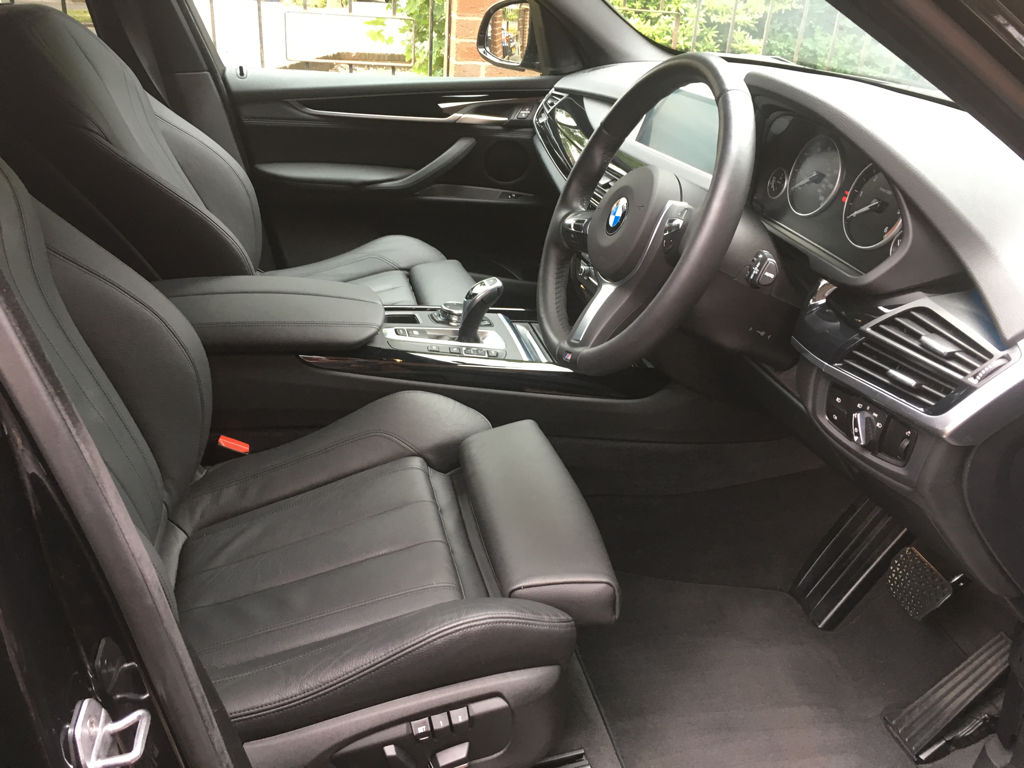
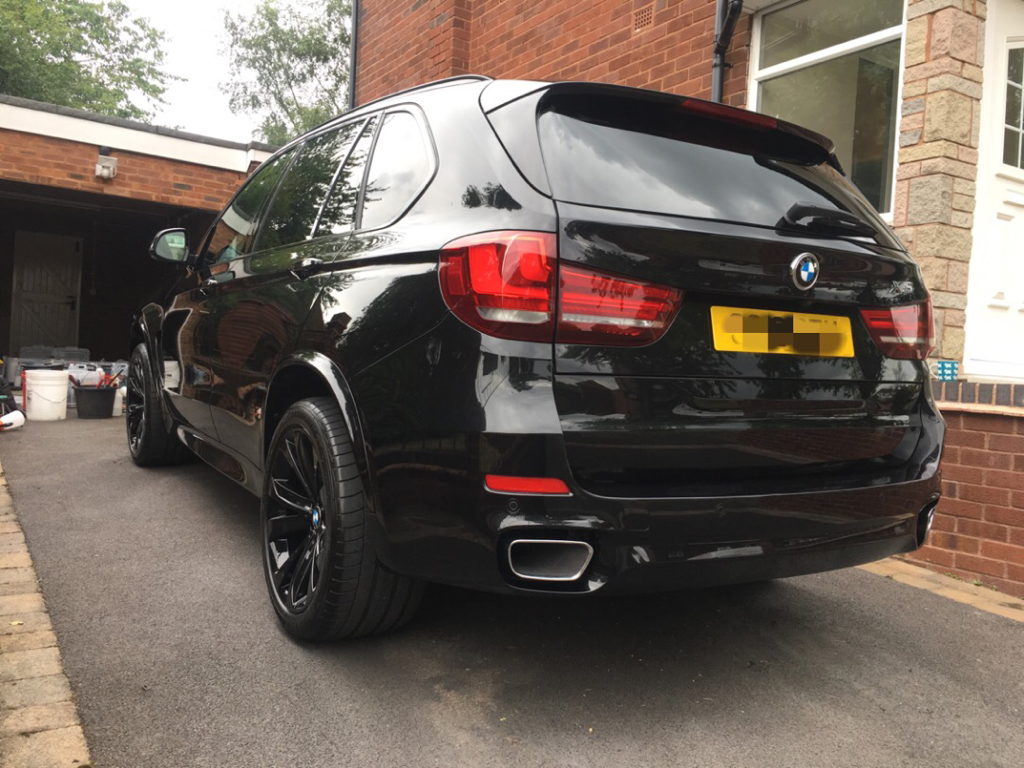

 RSS Feed
RSS Feed